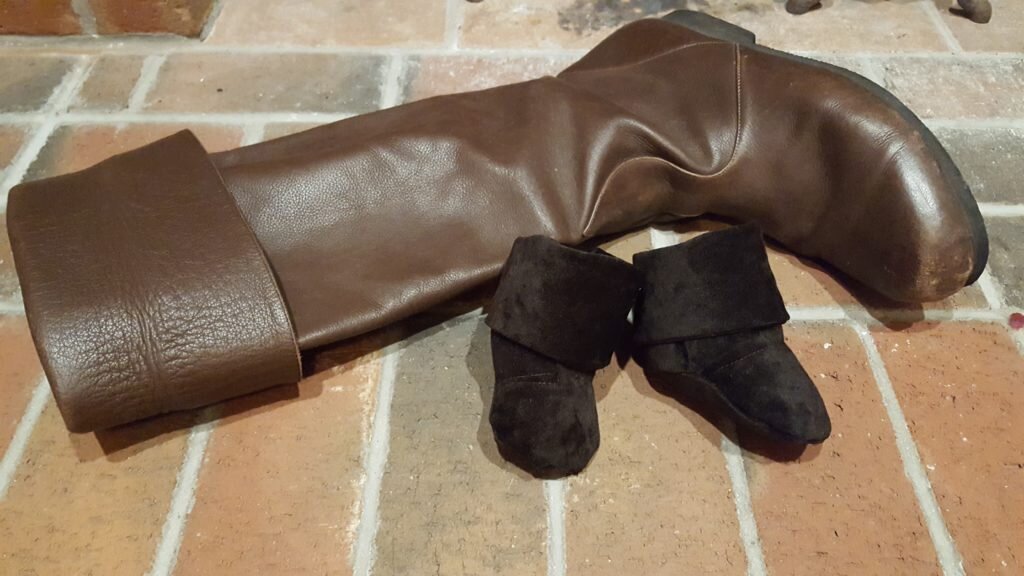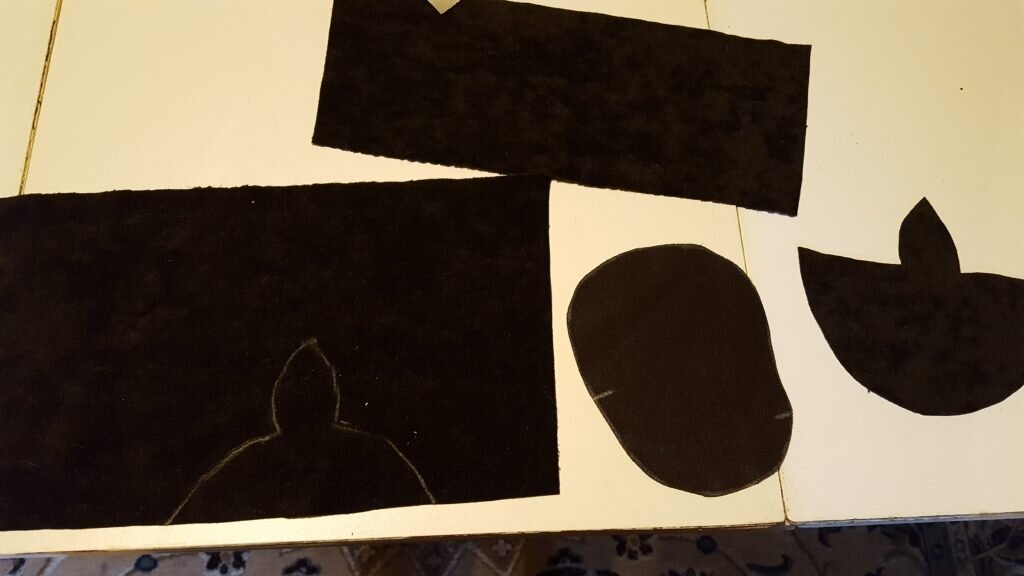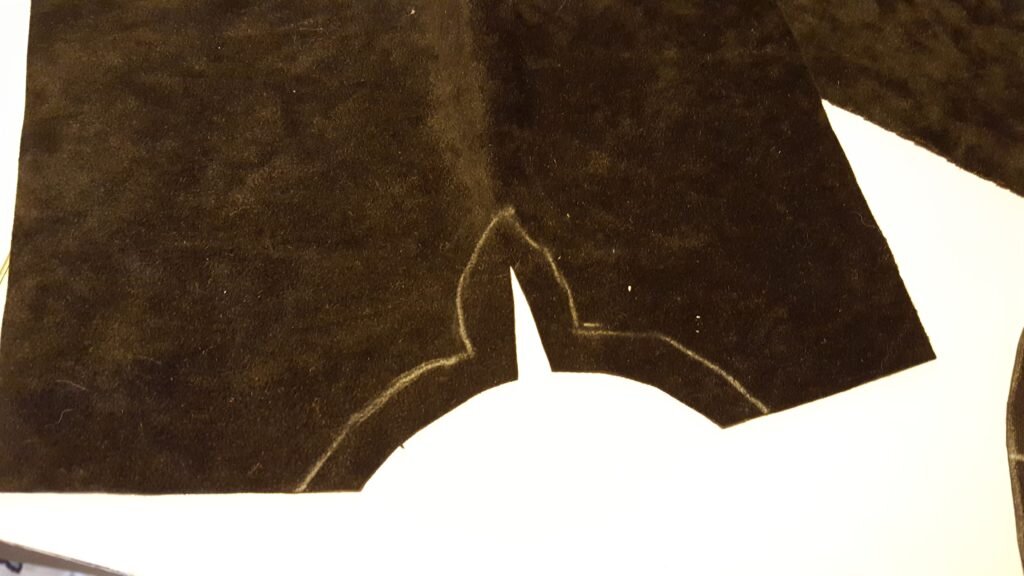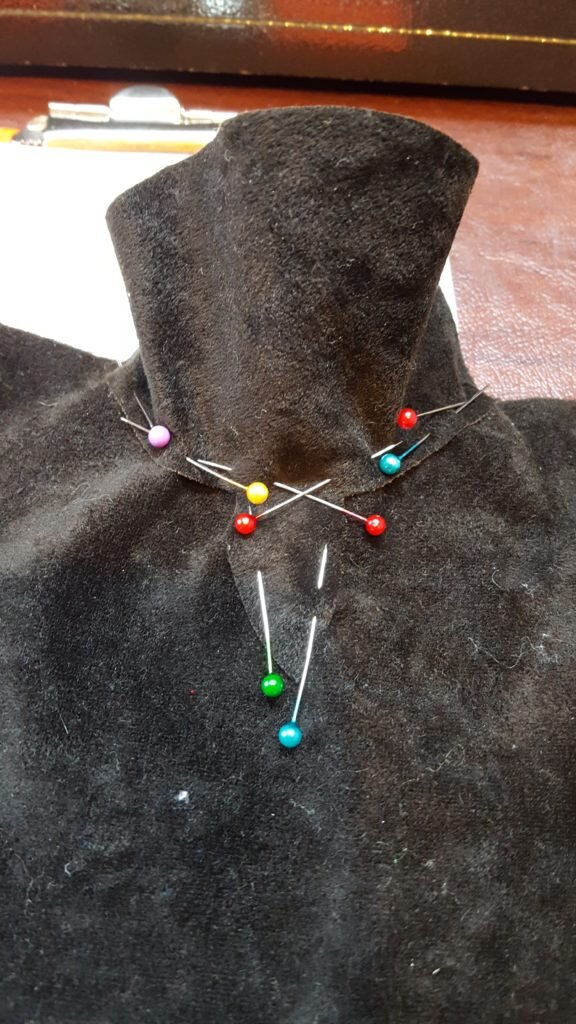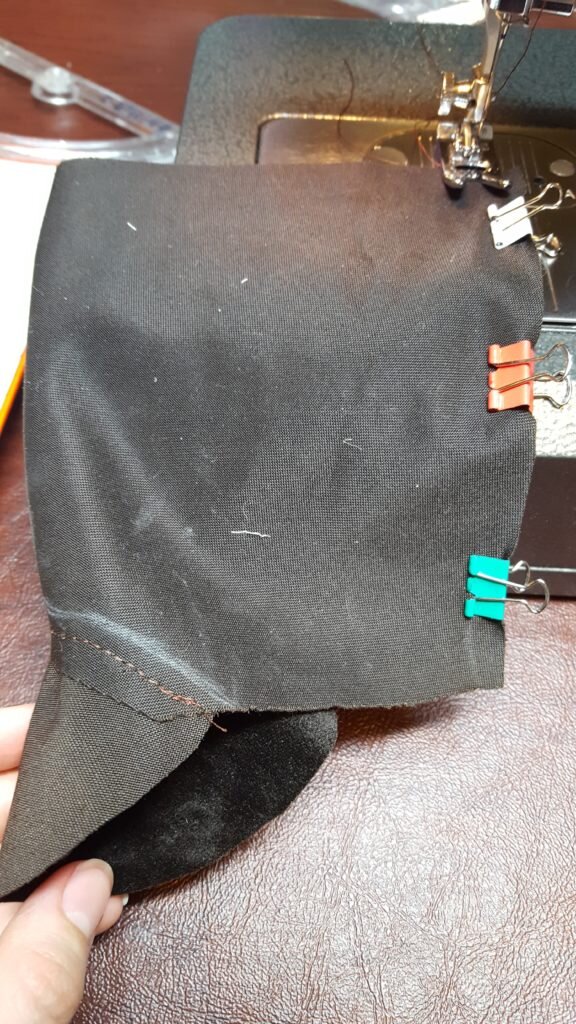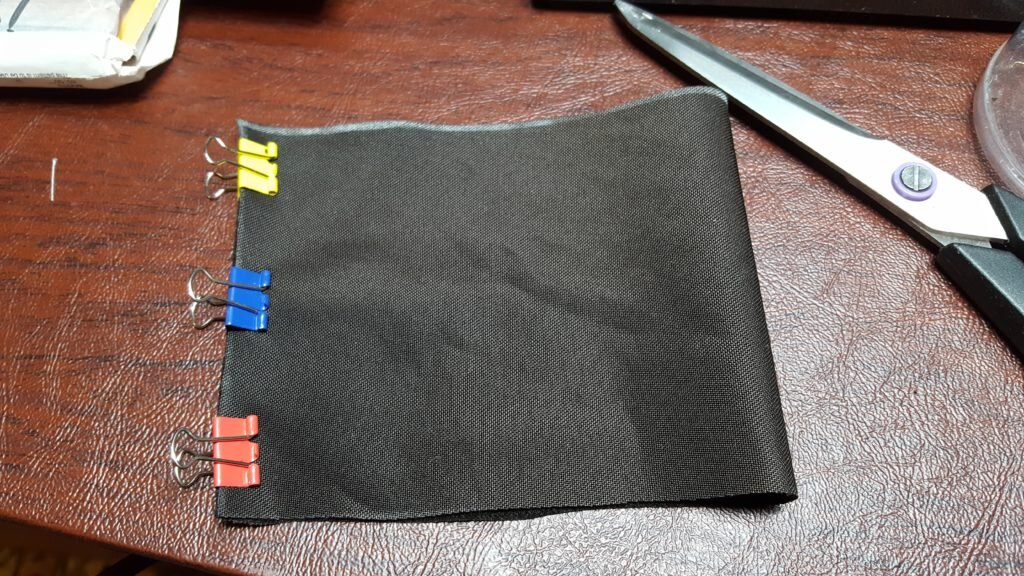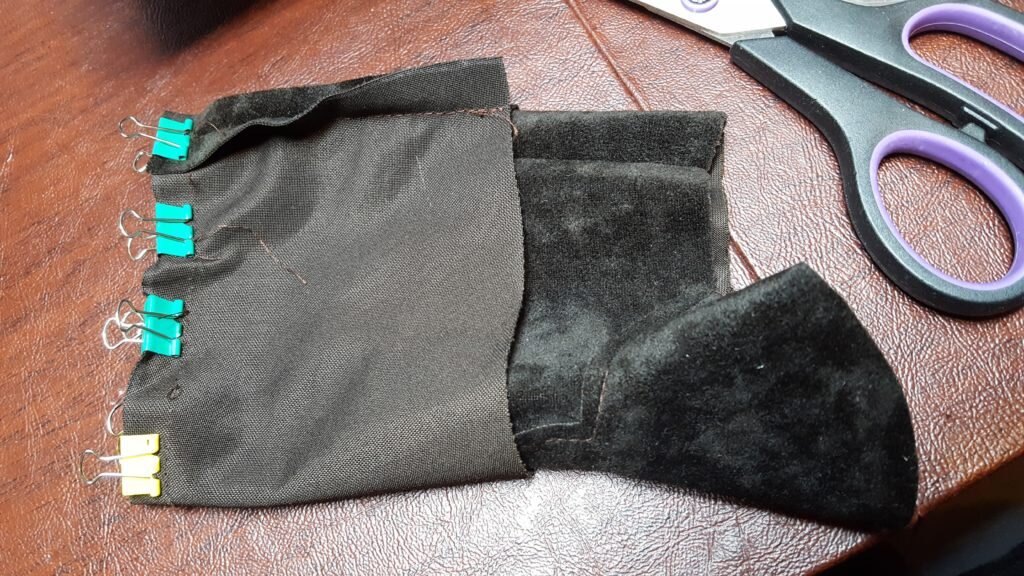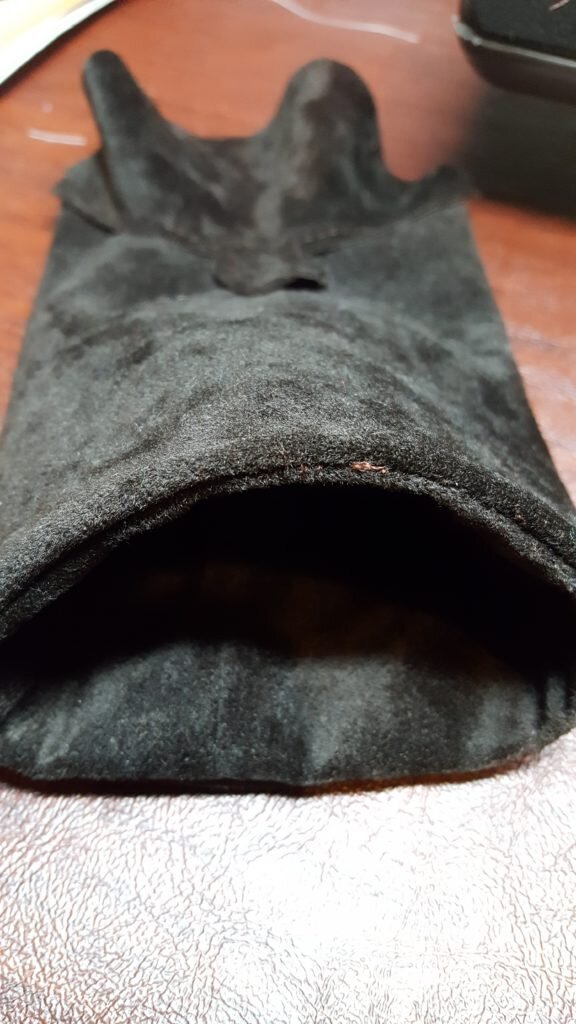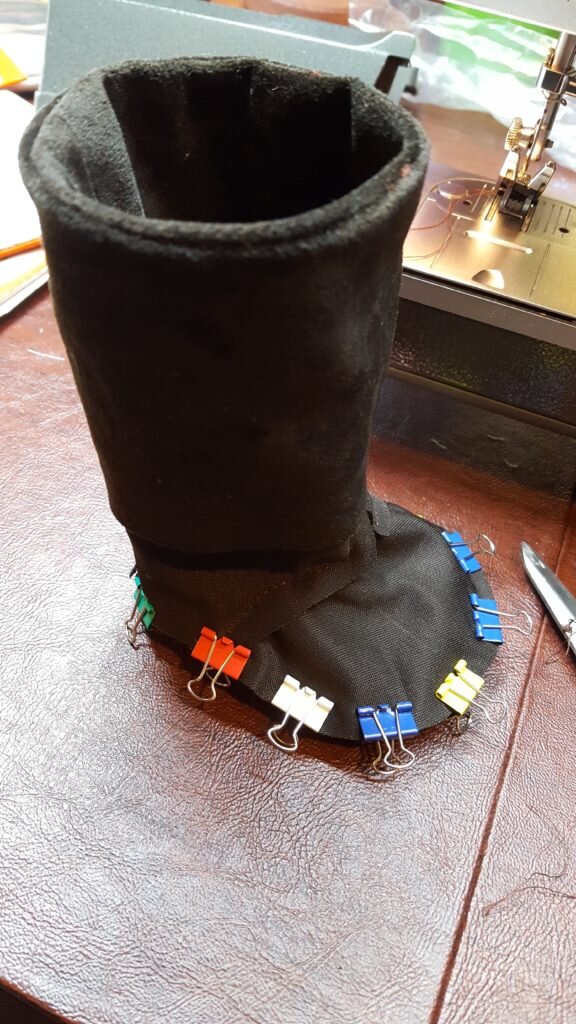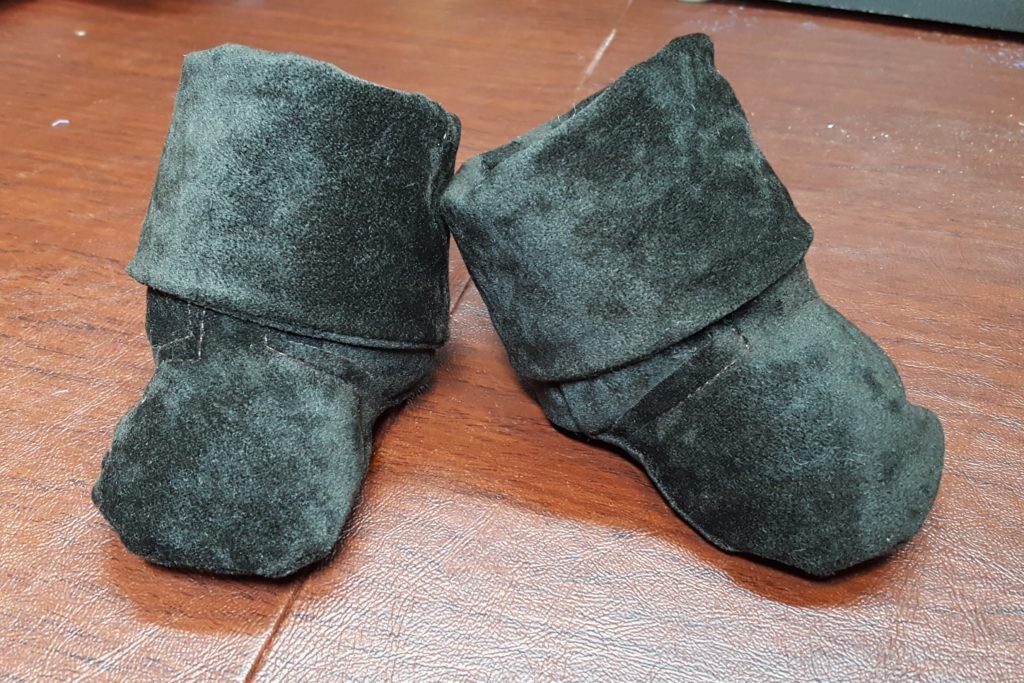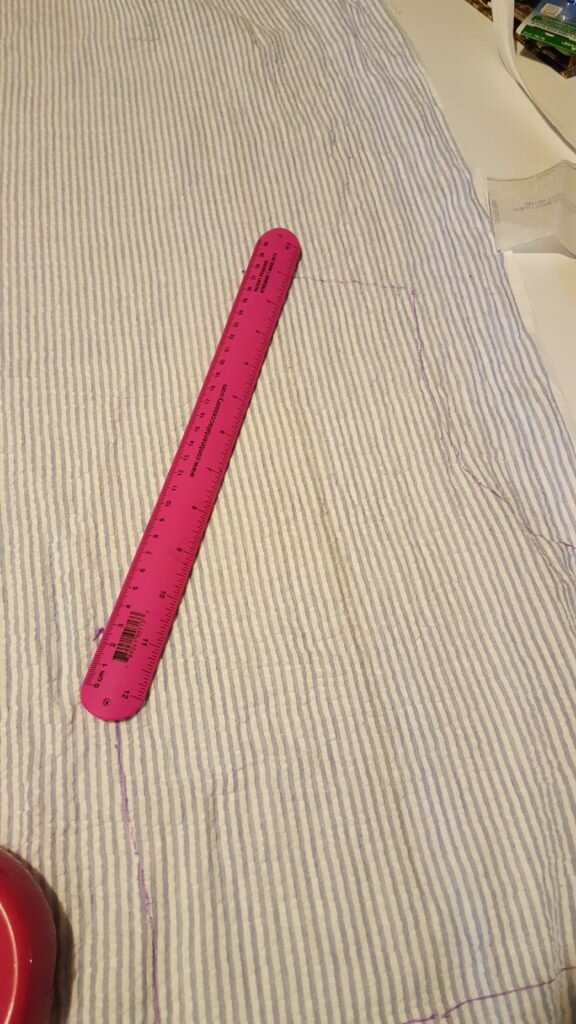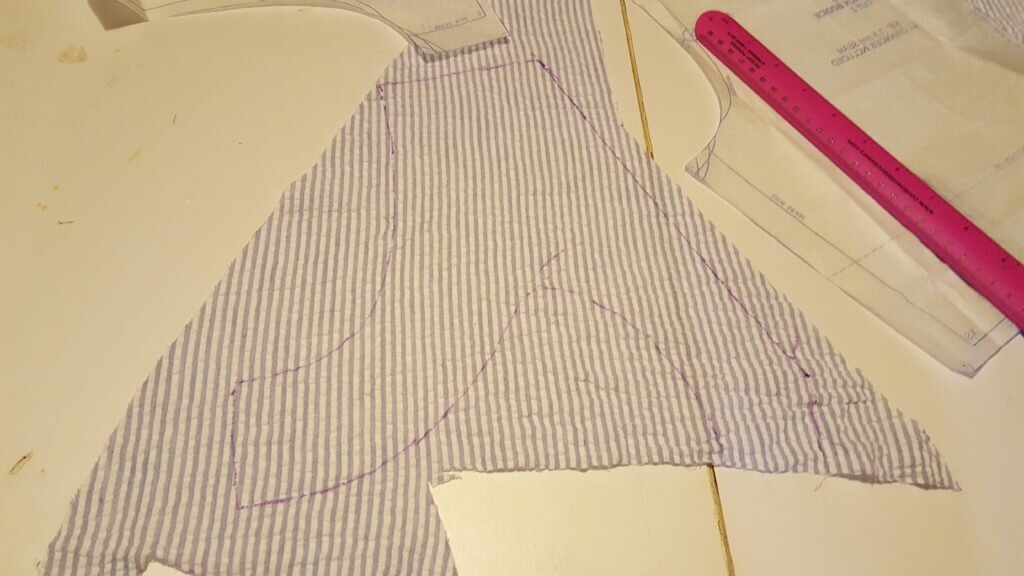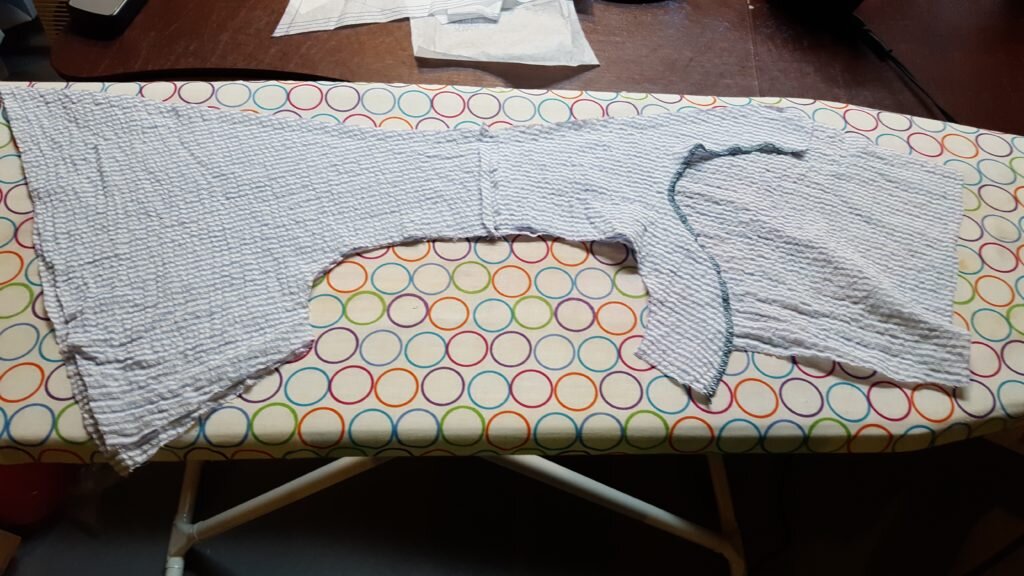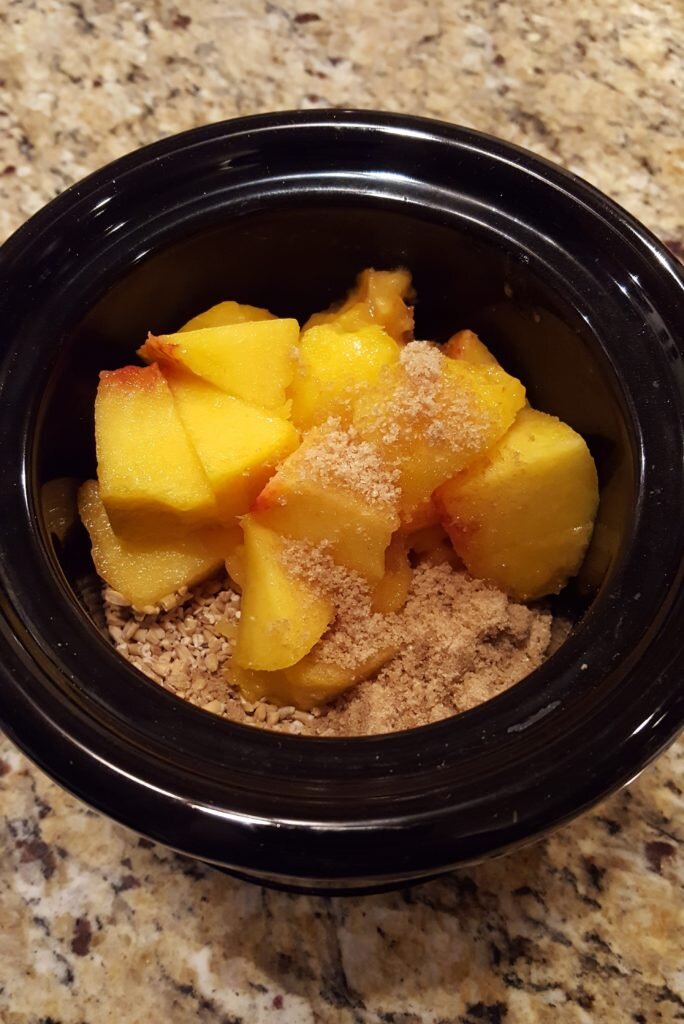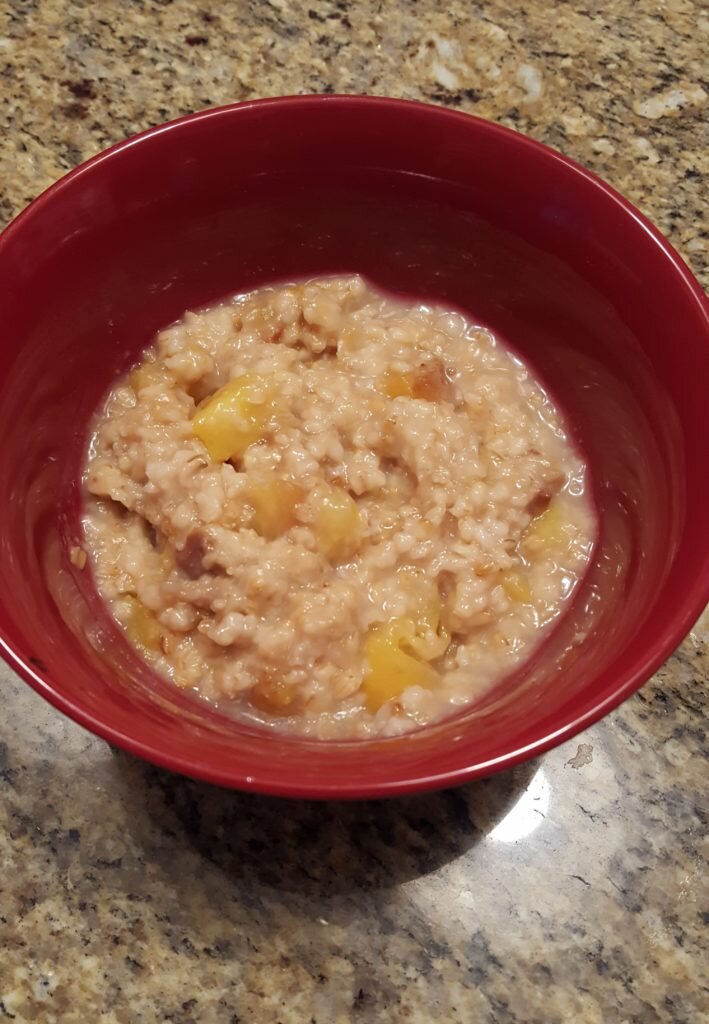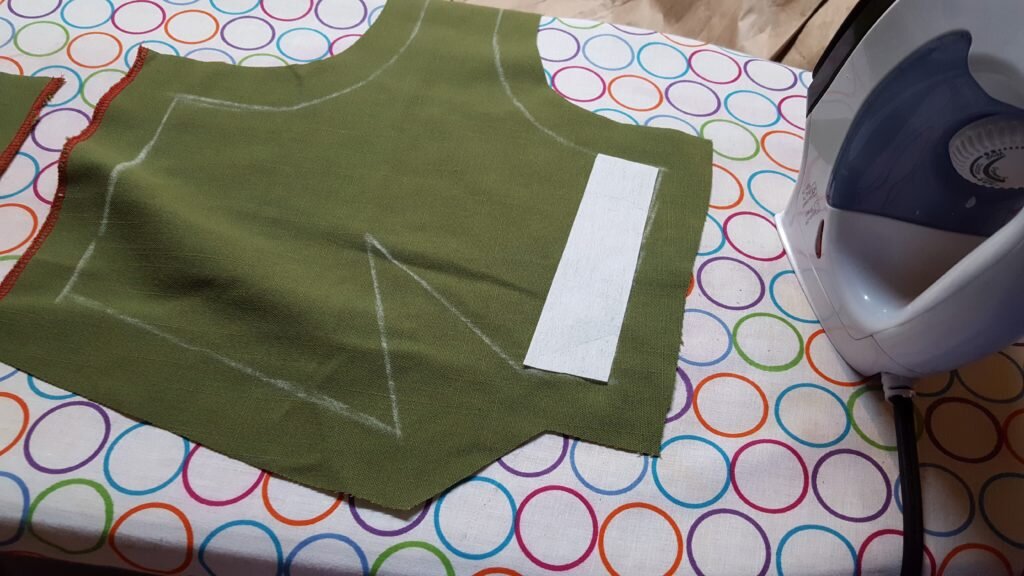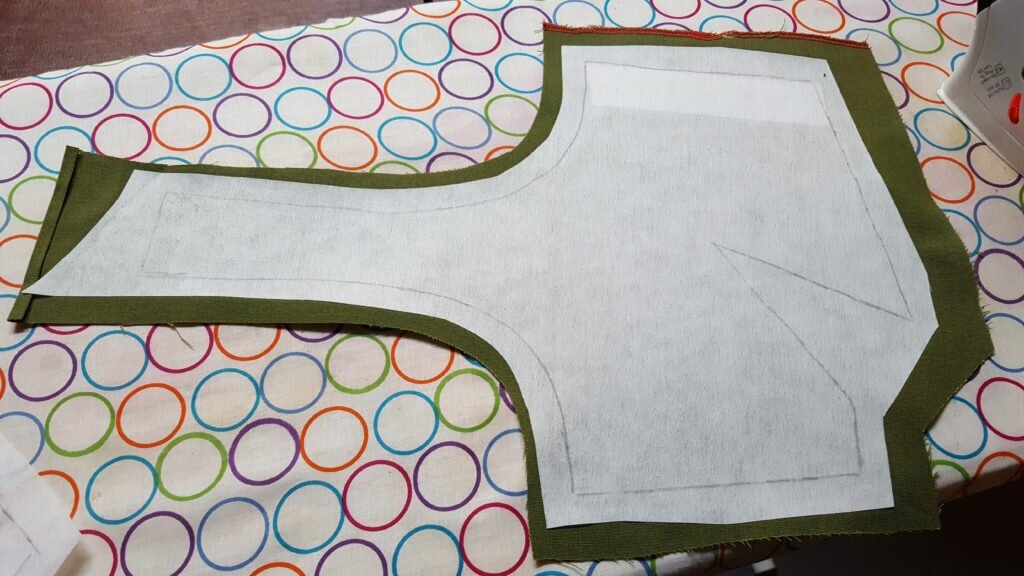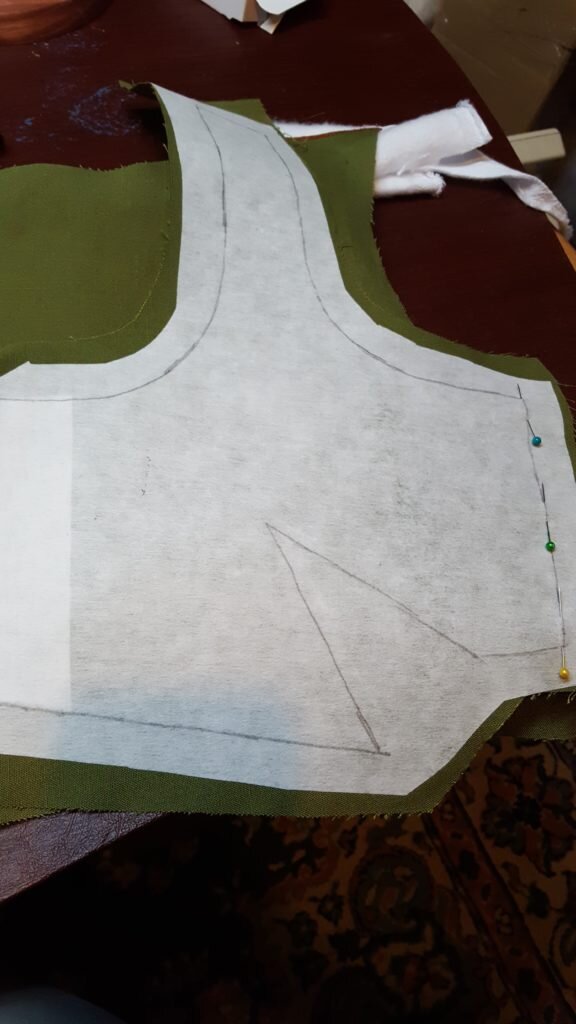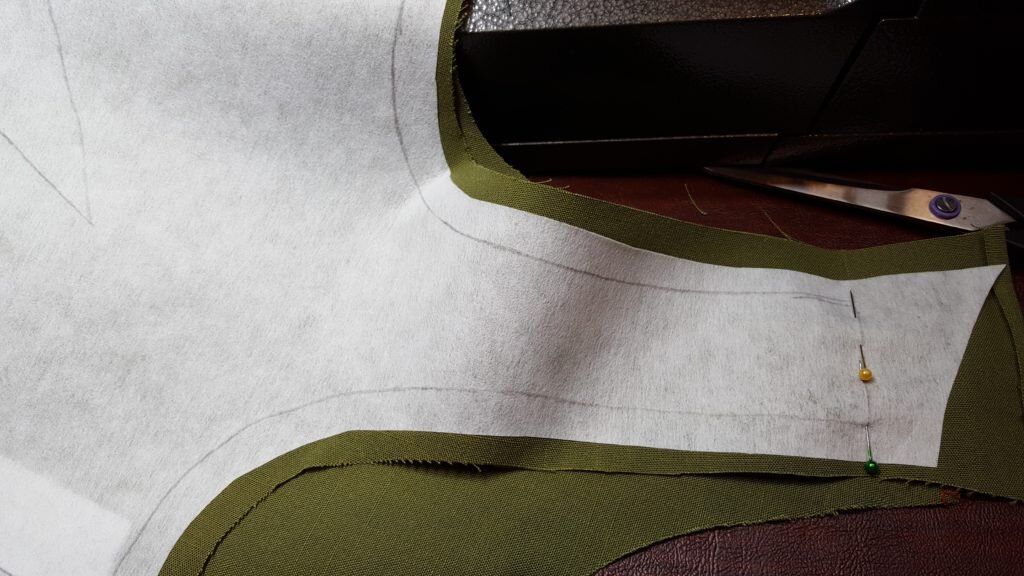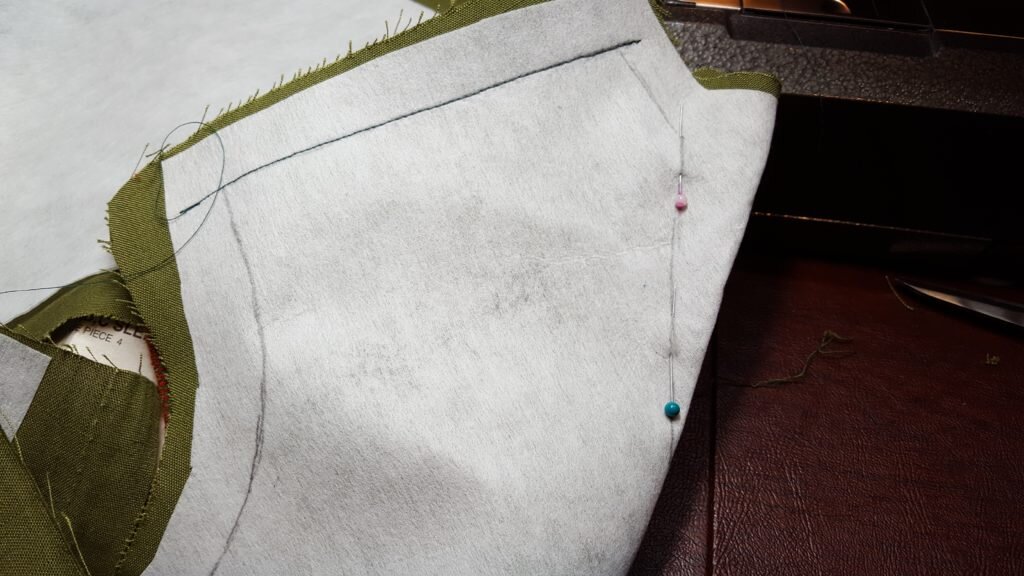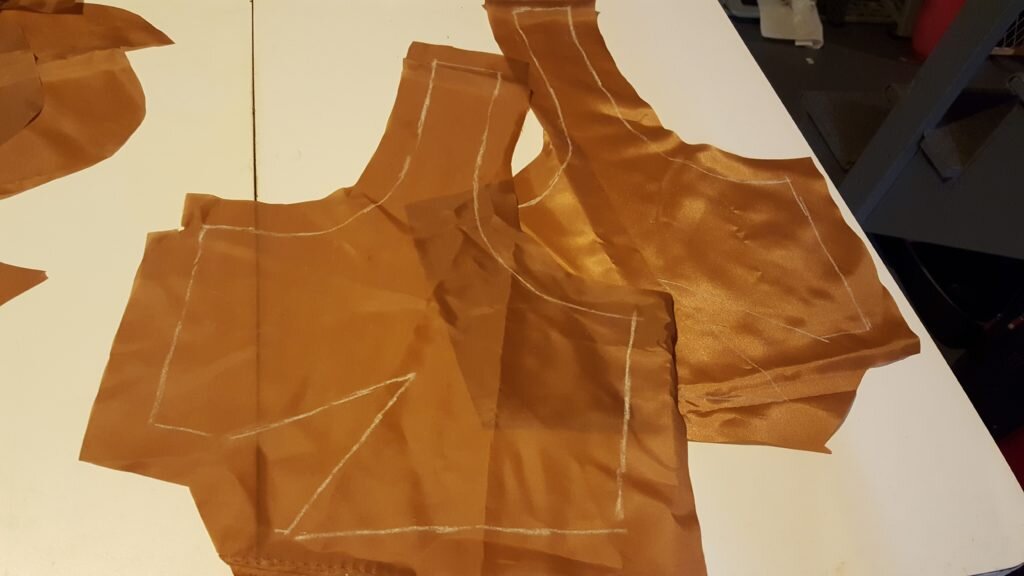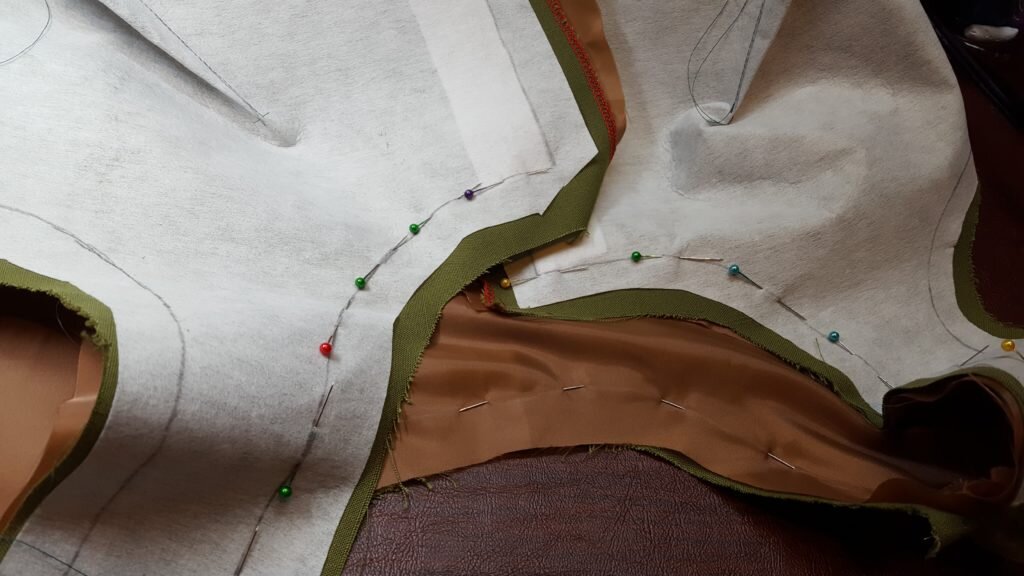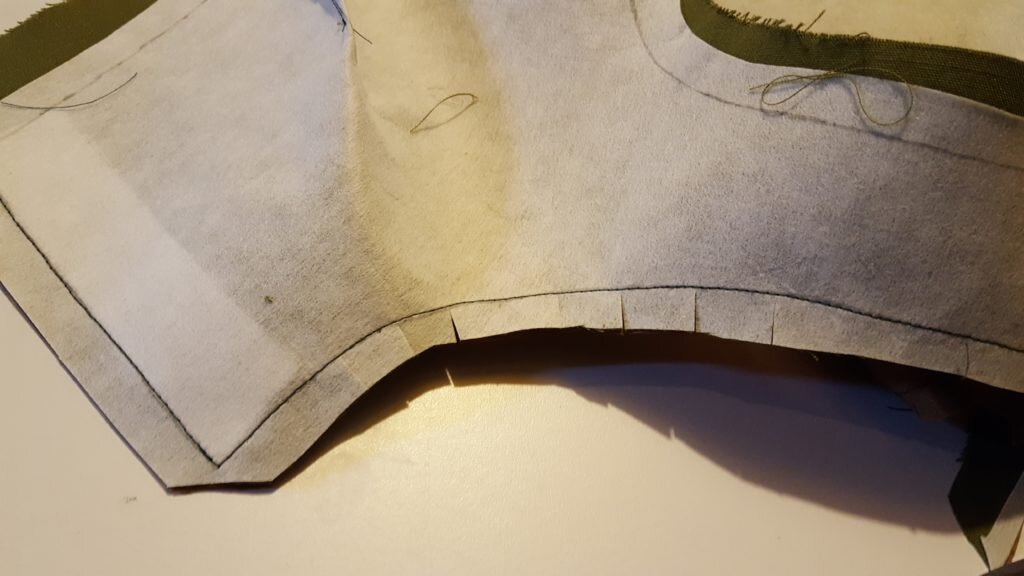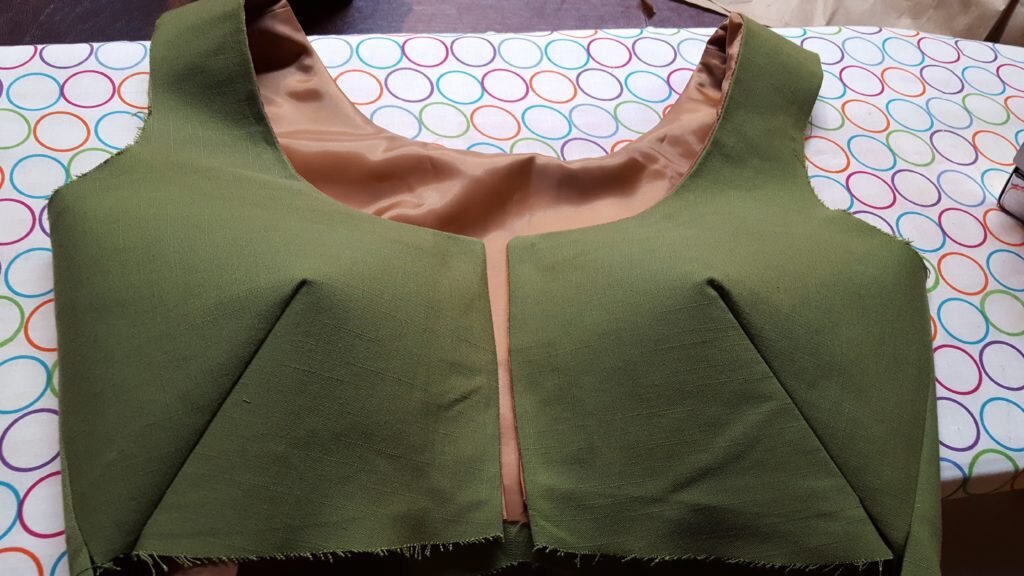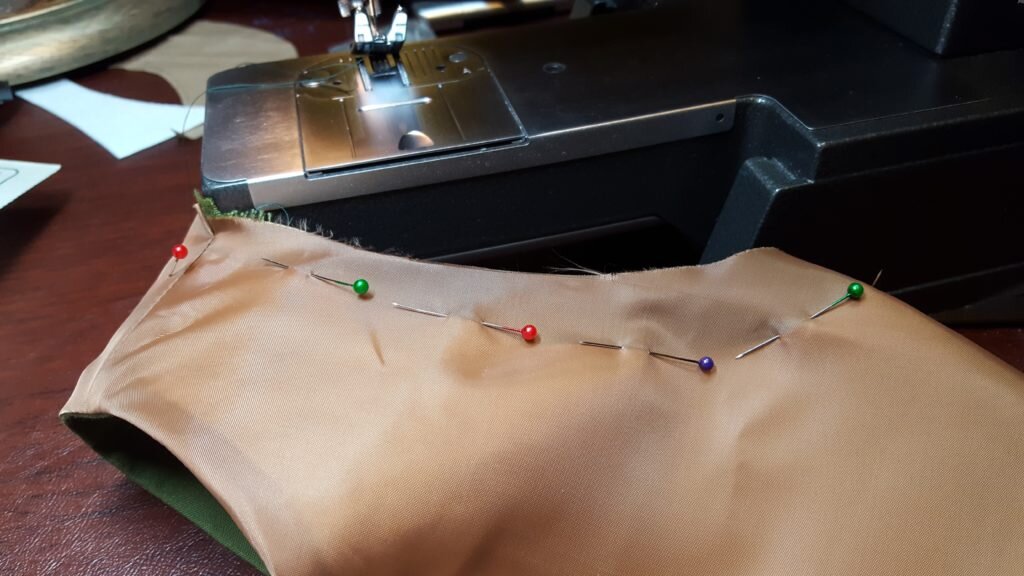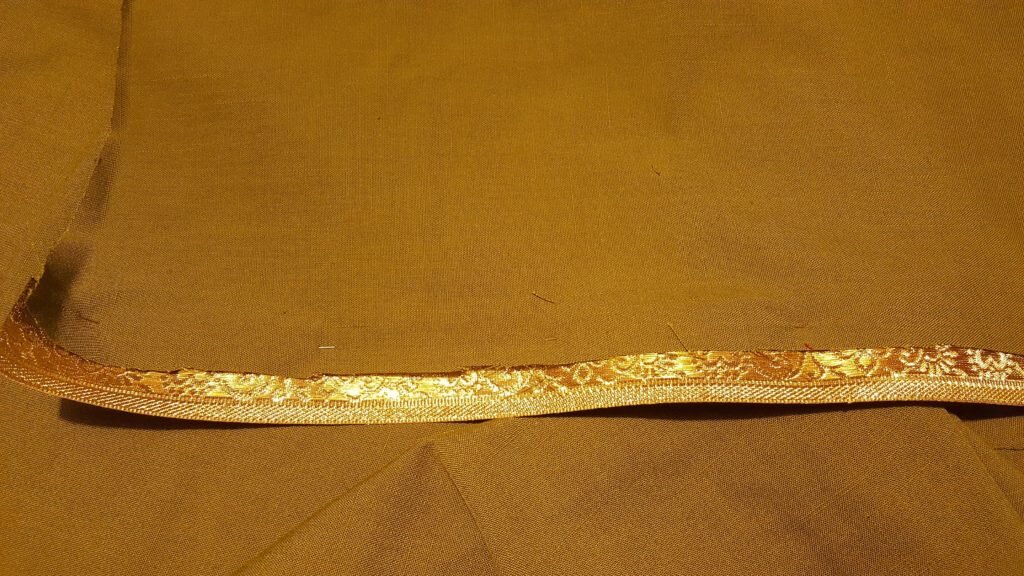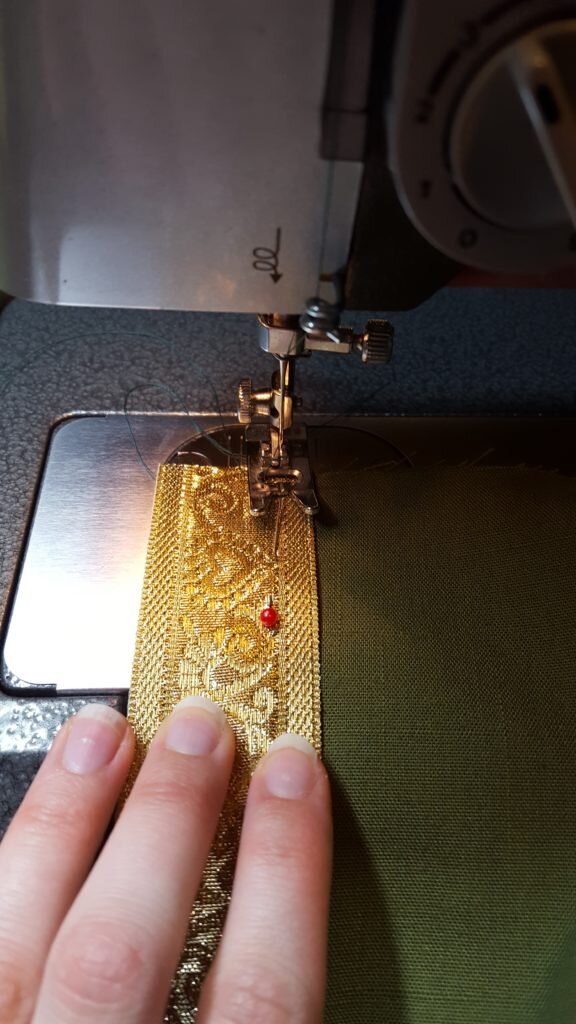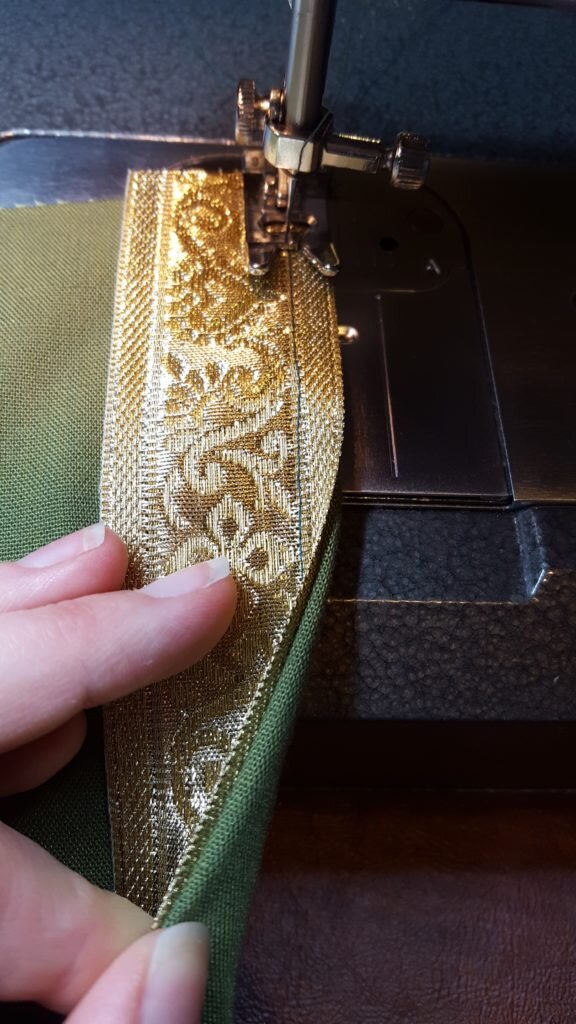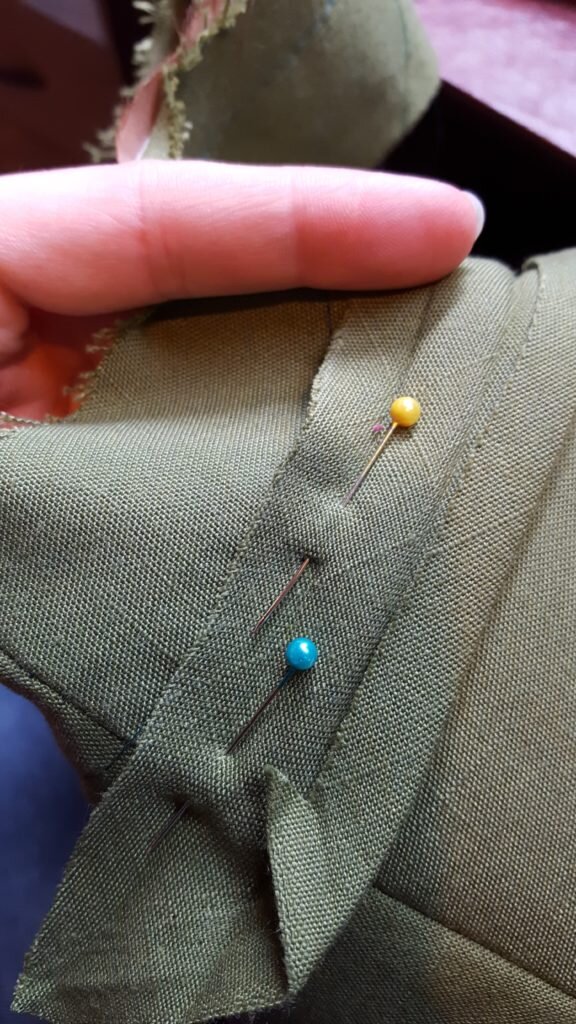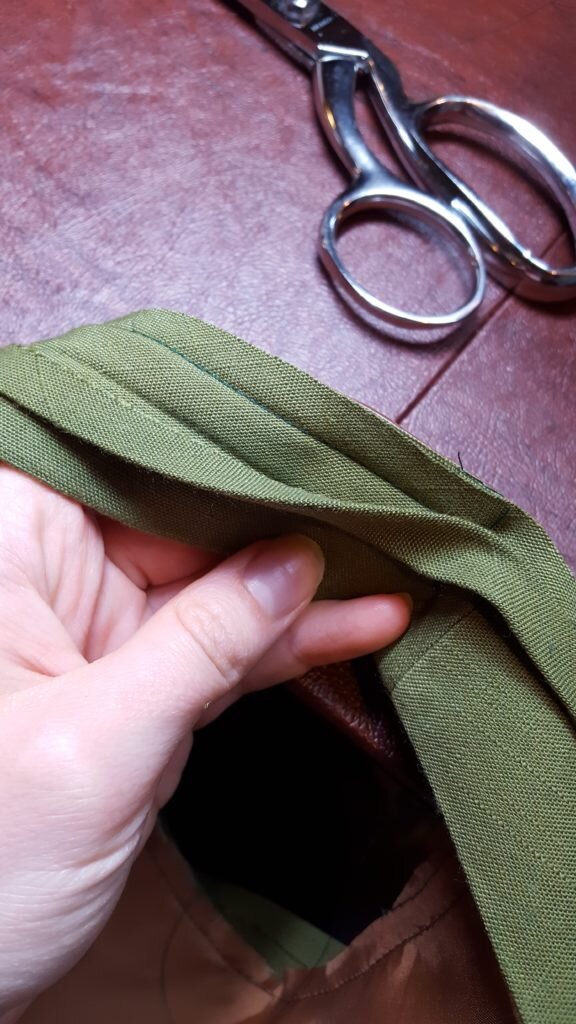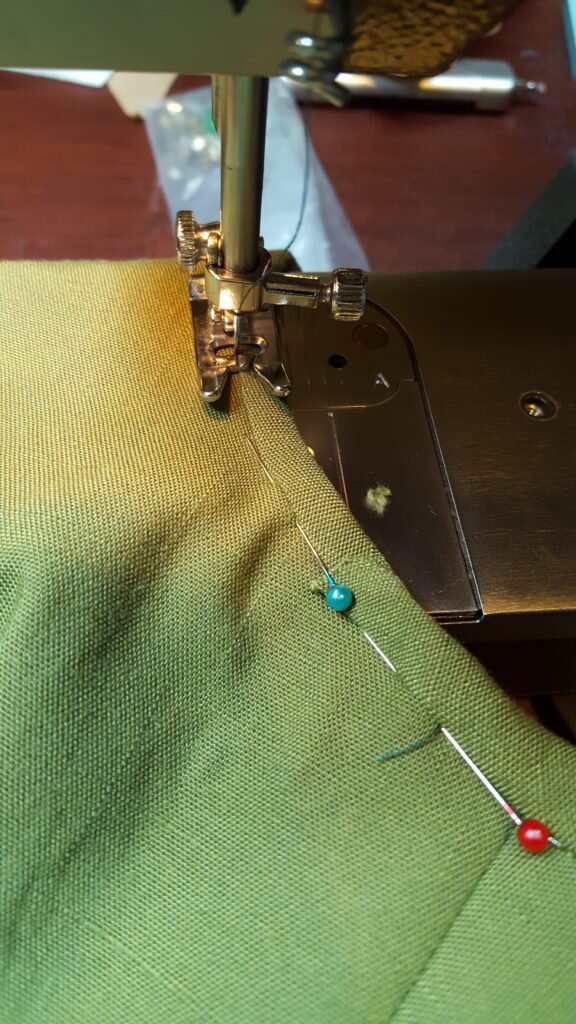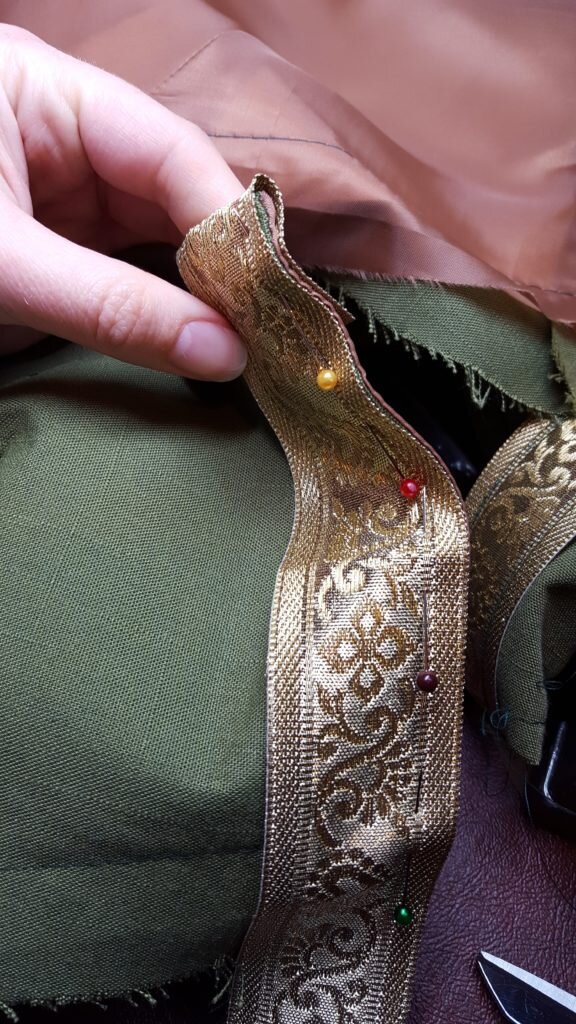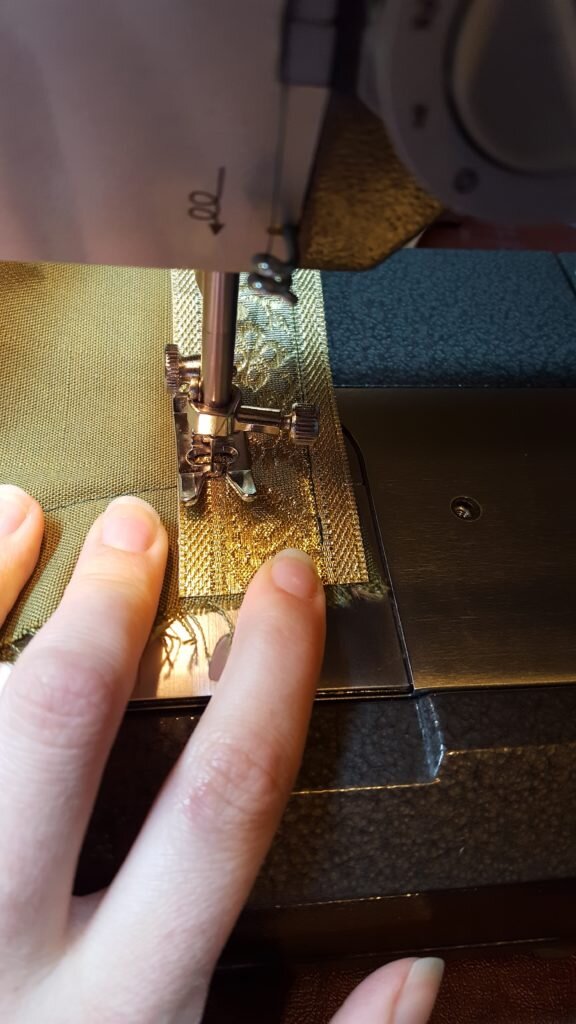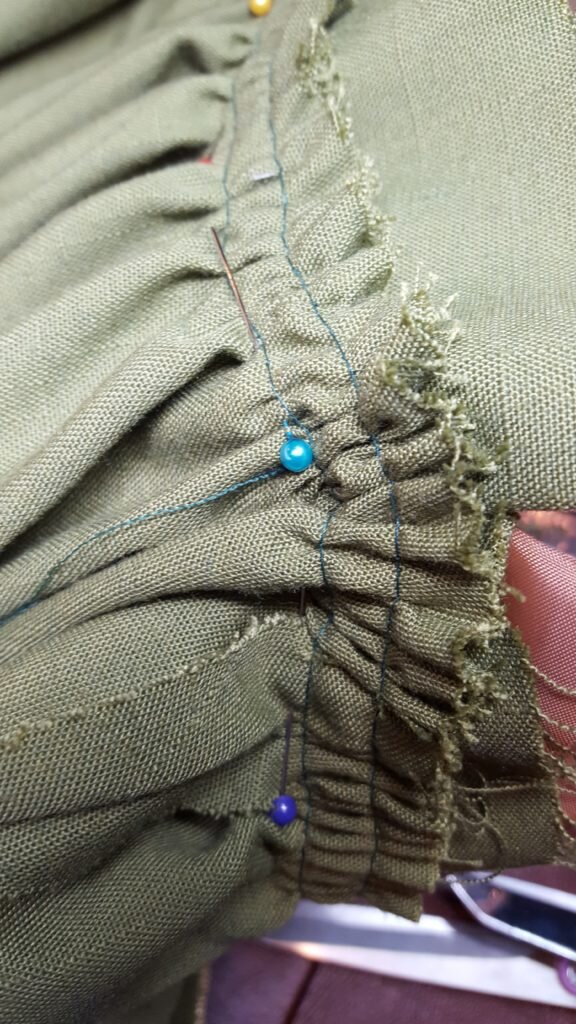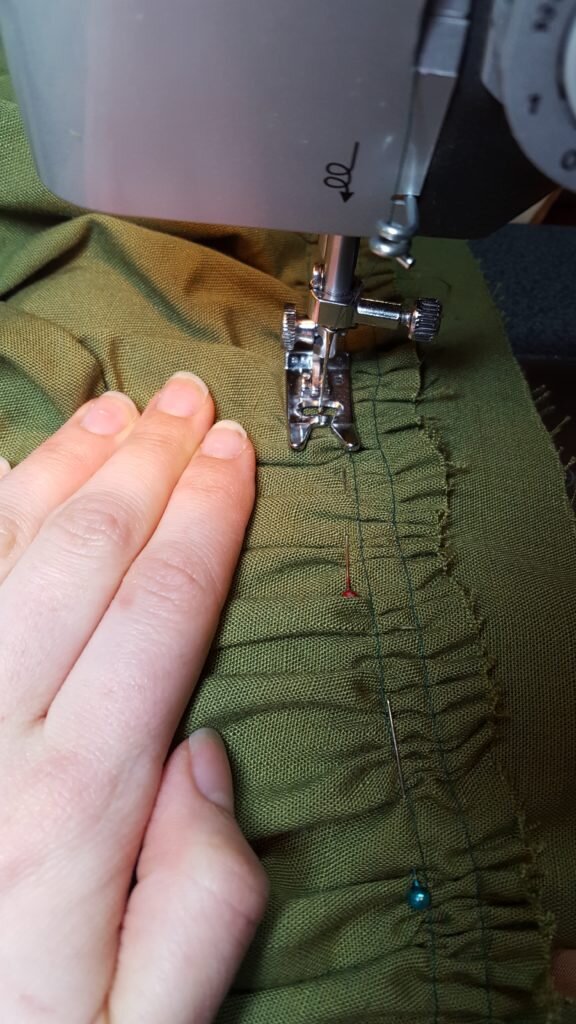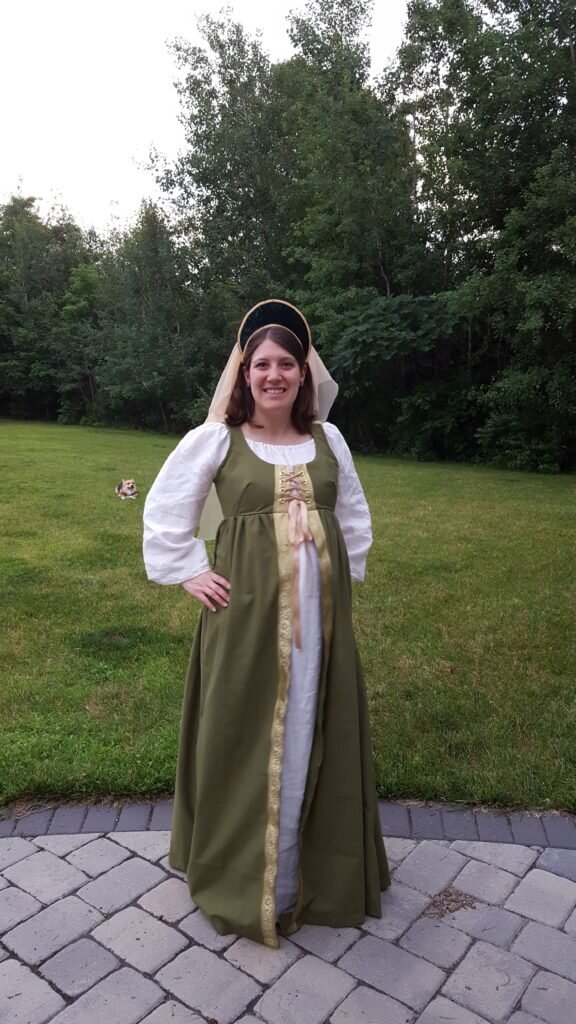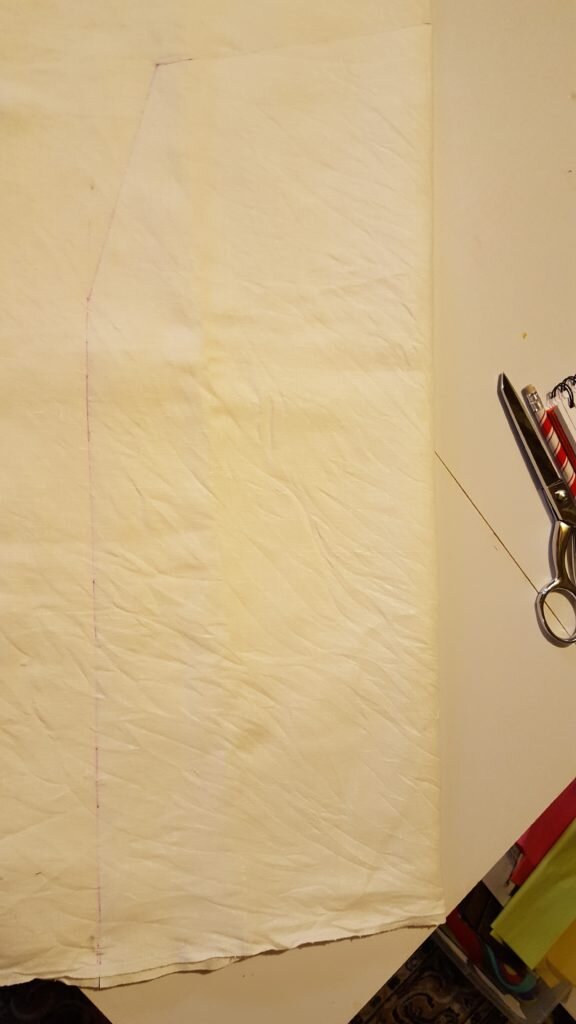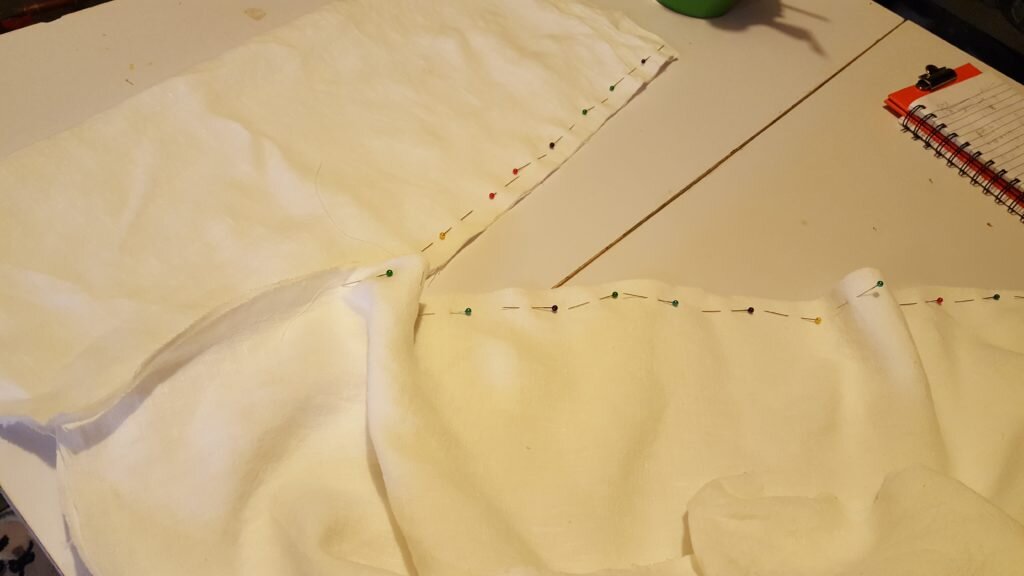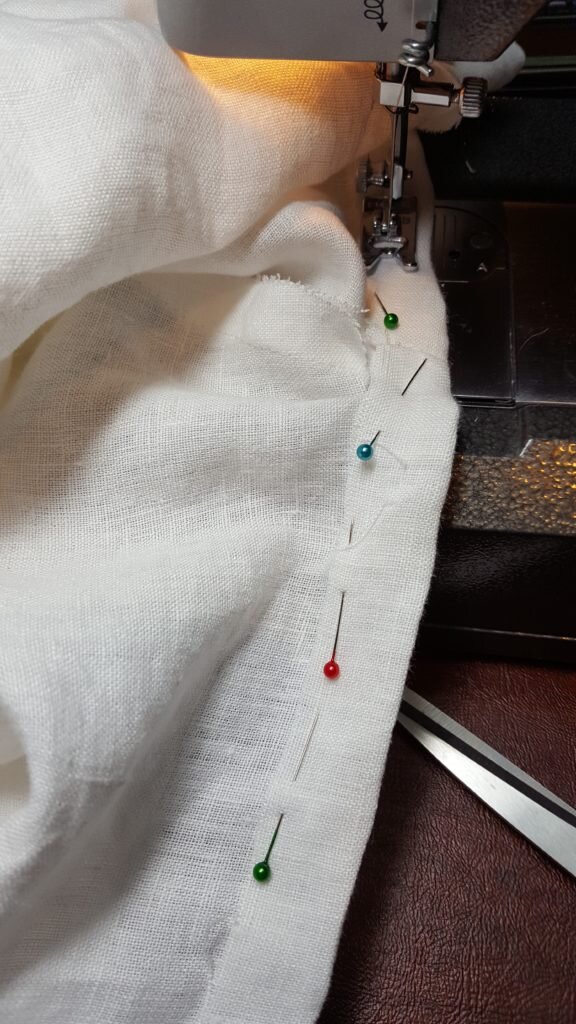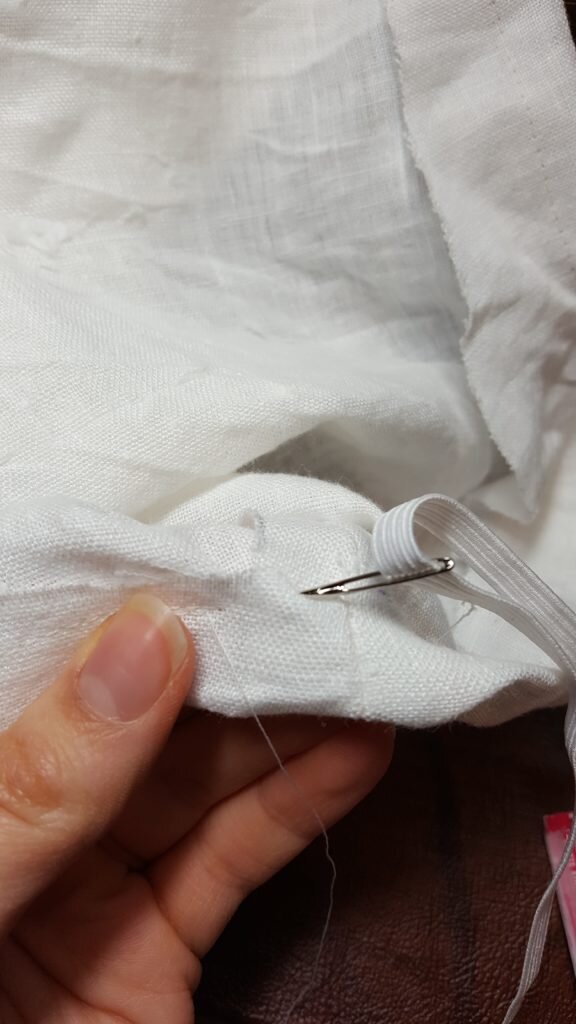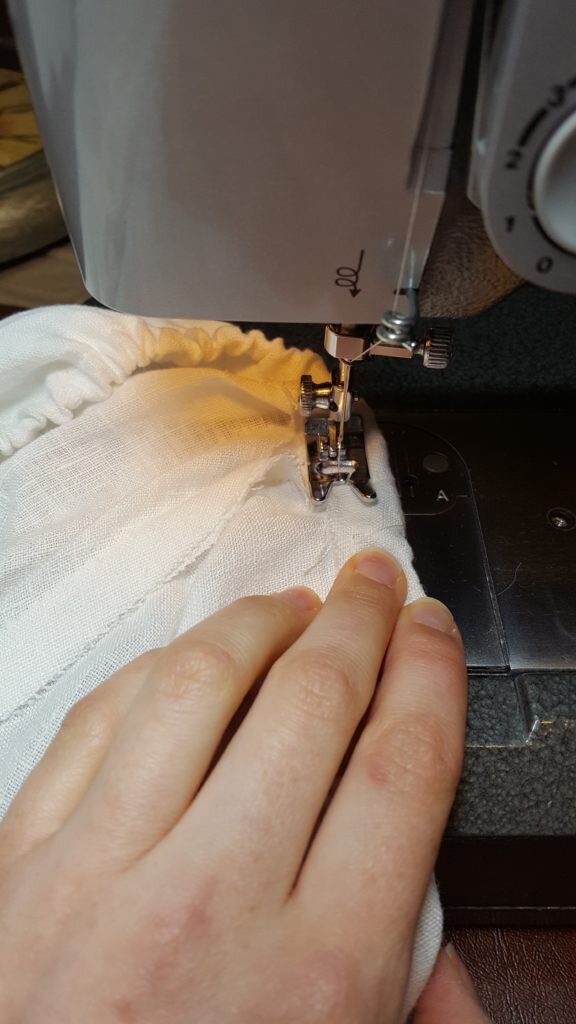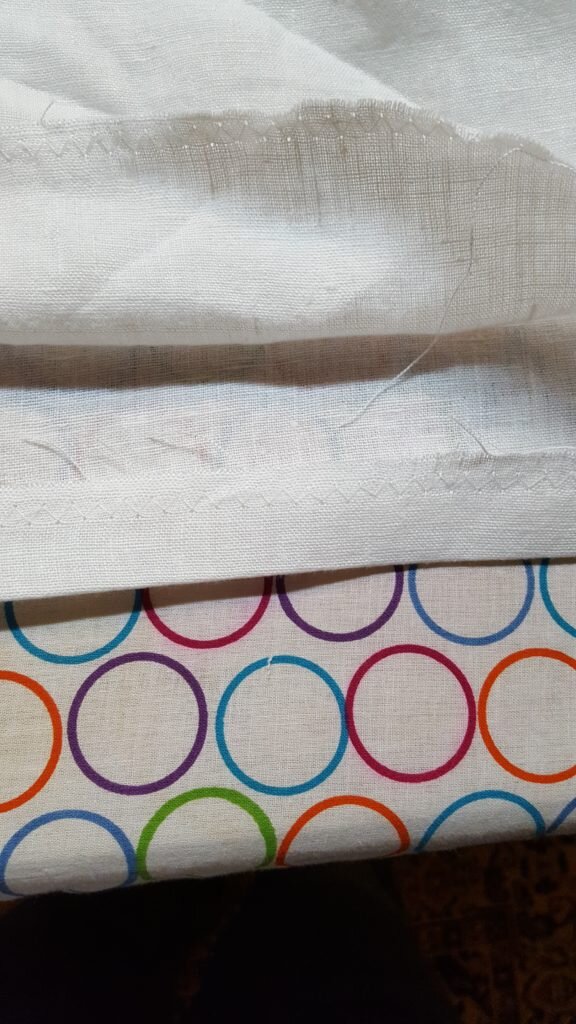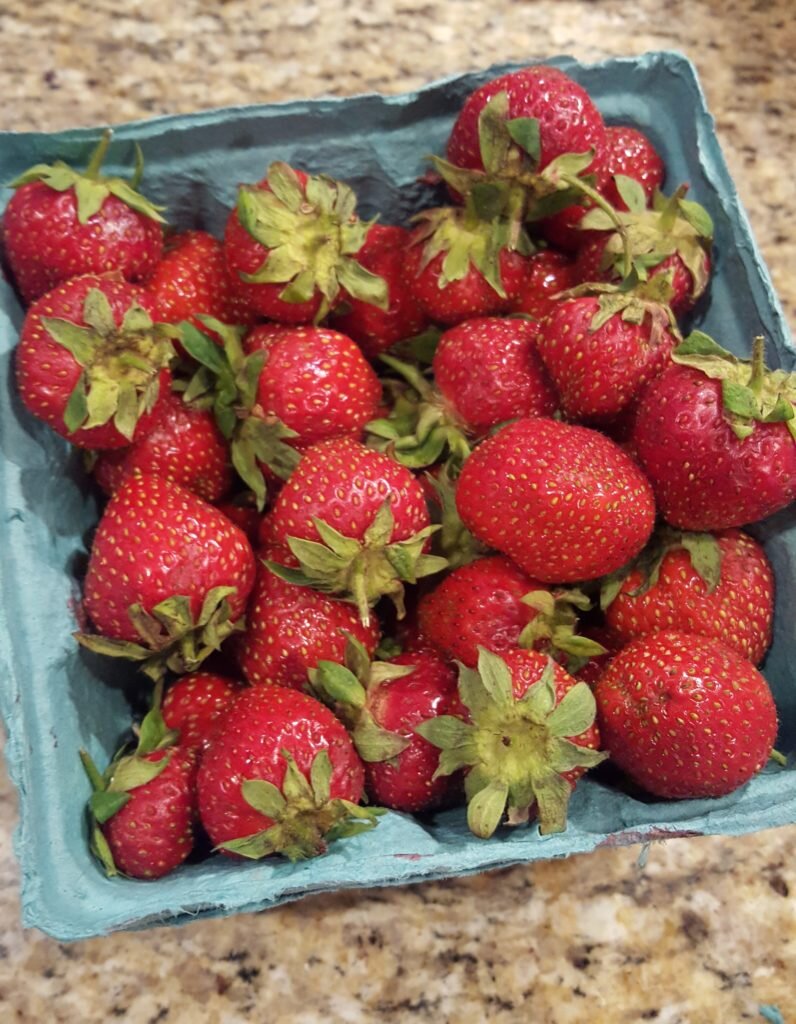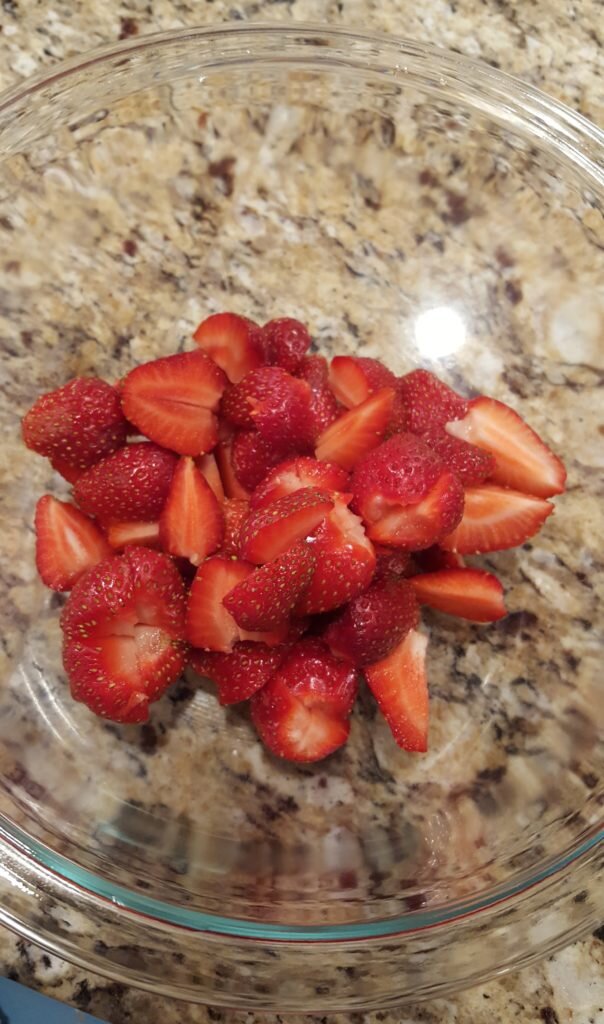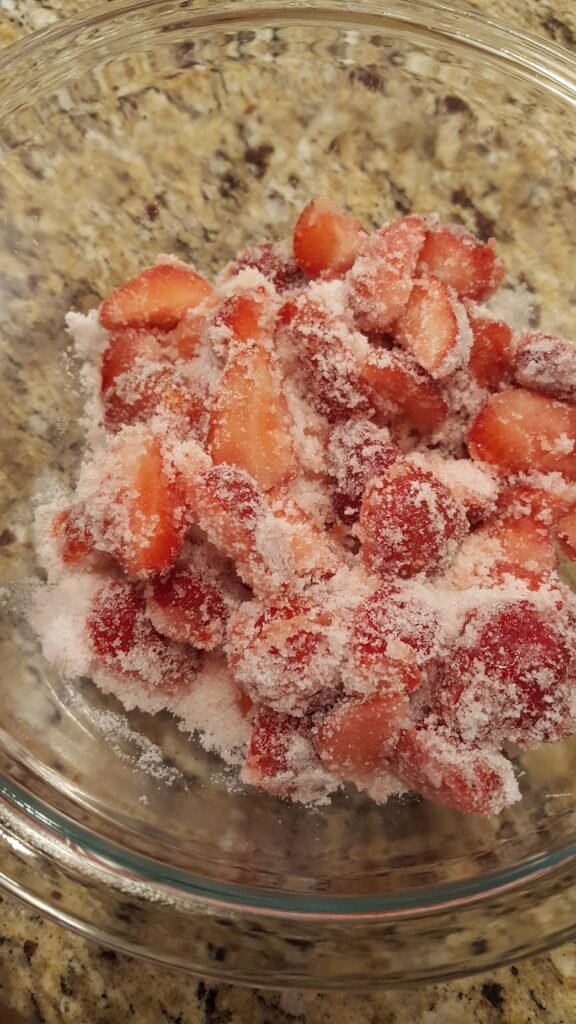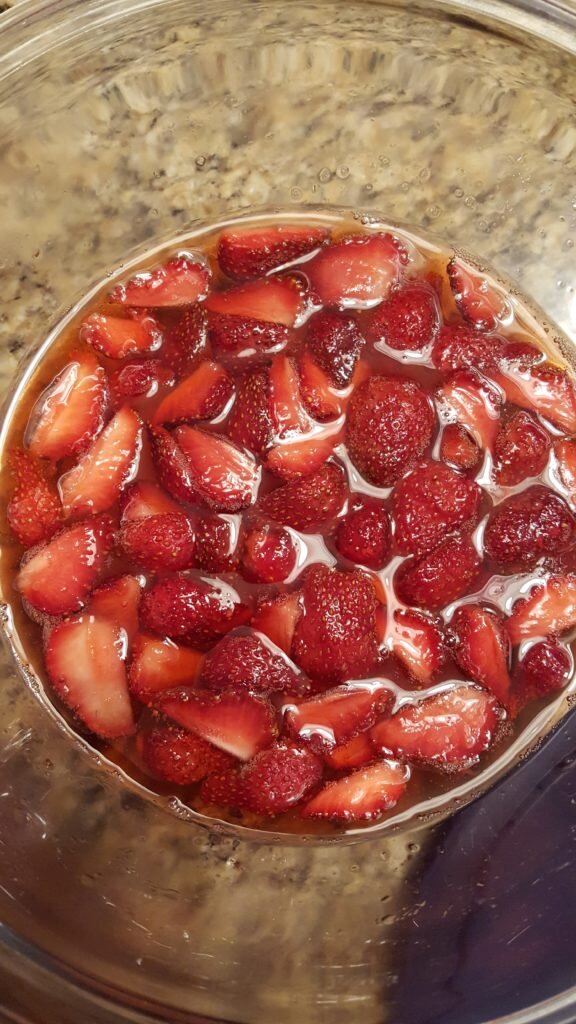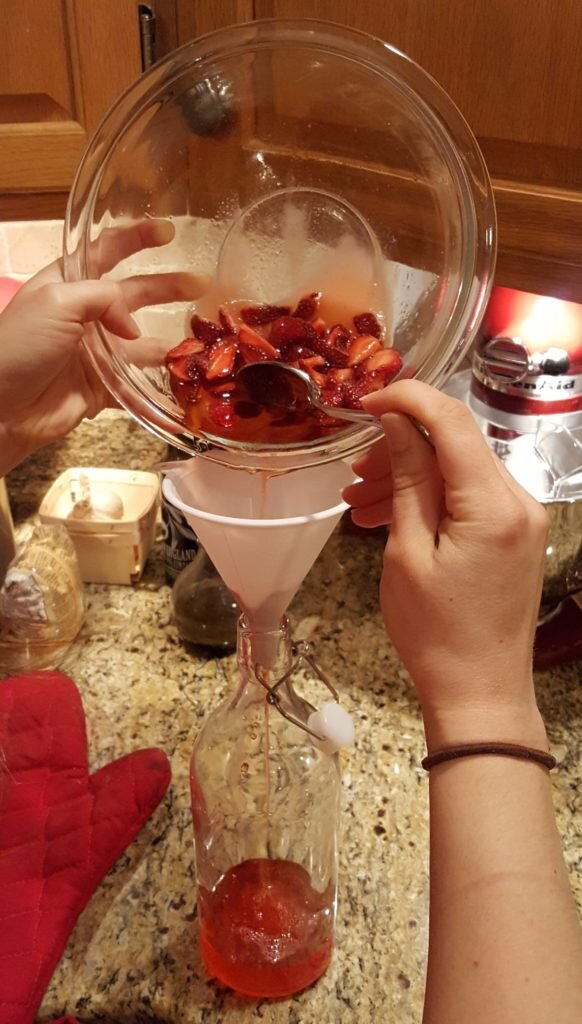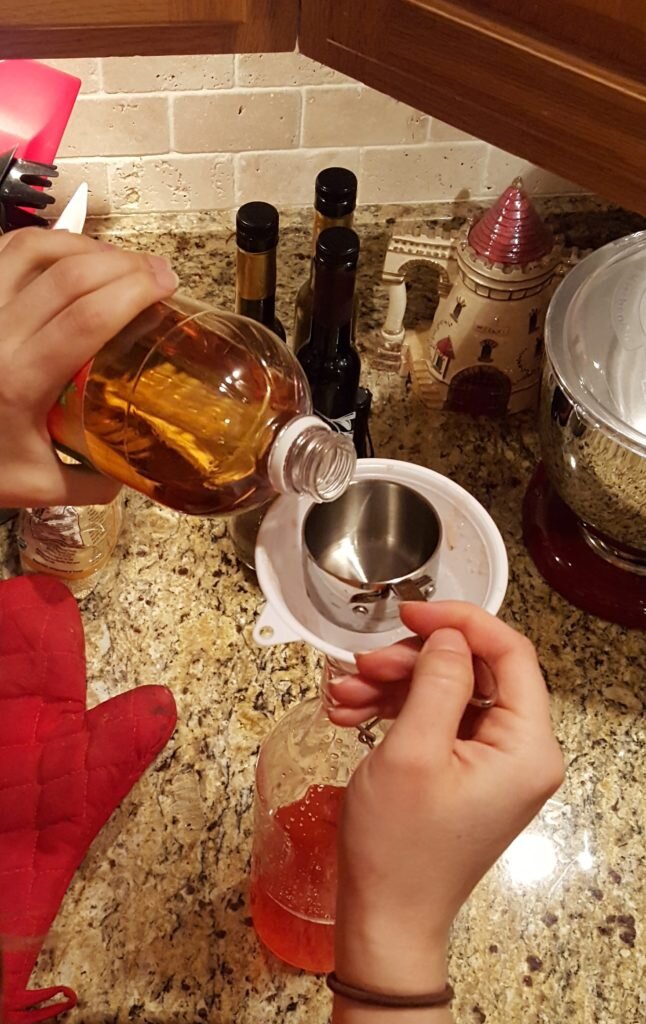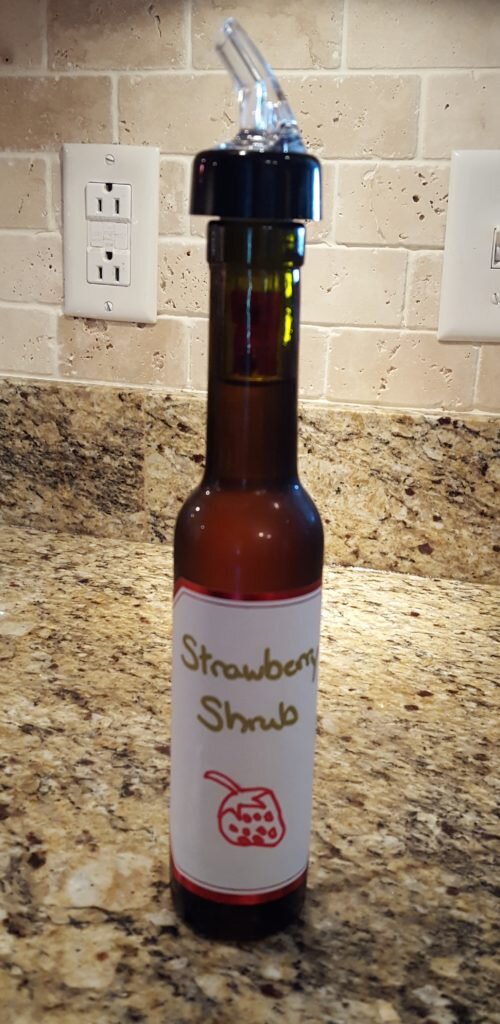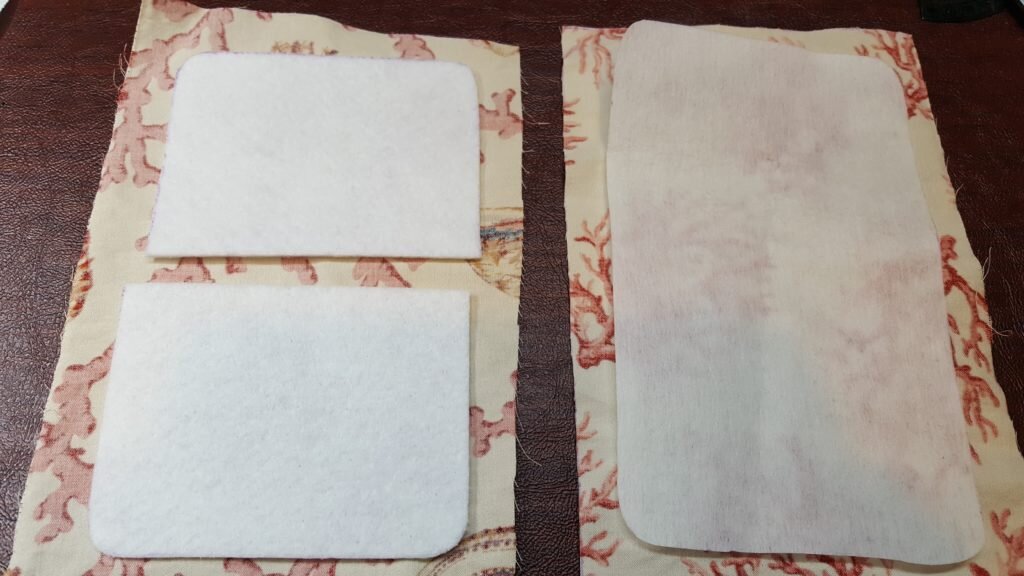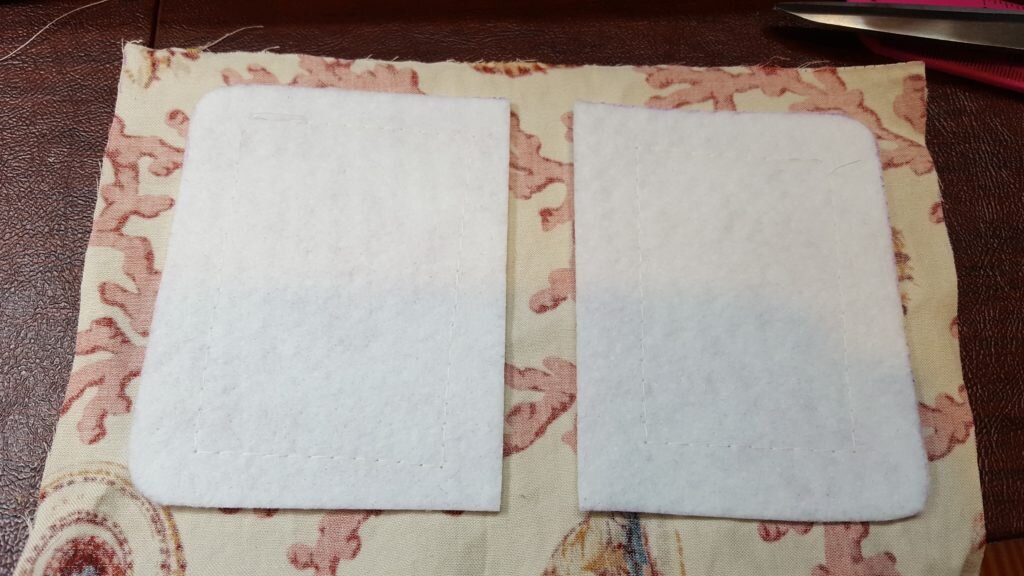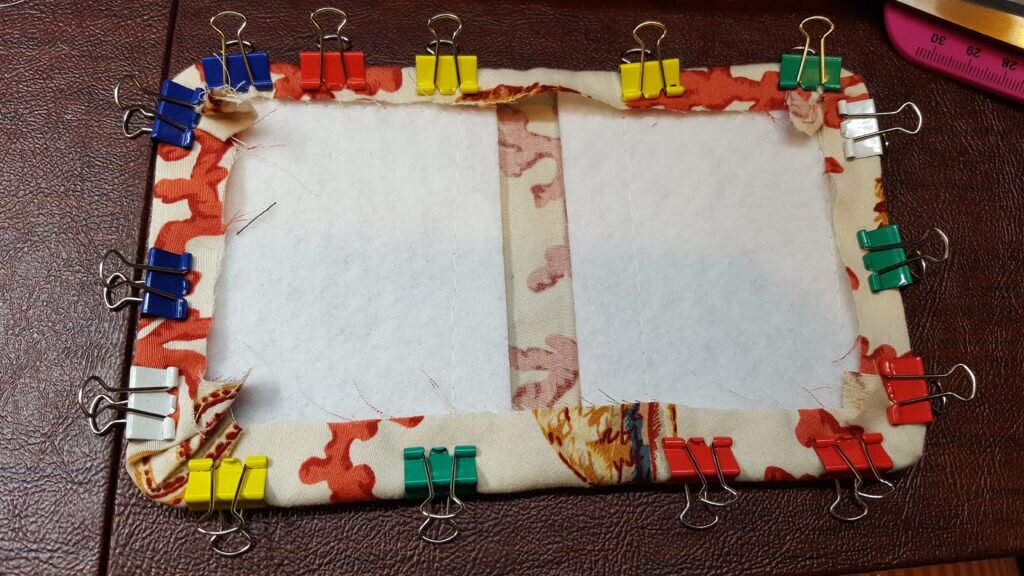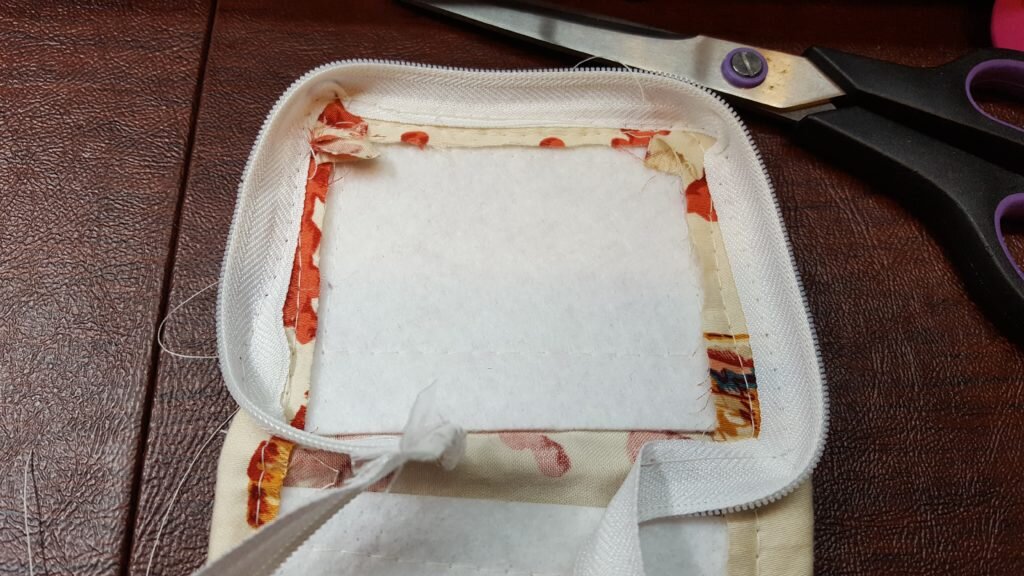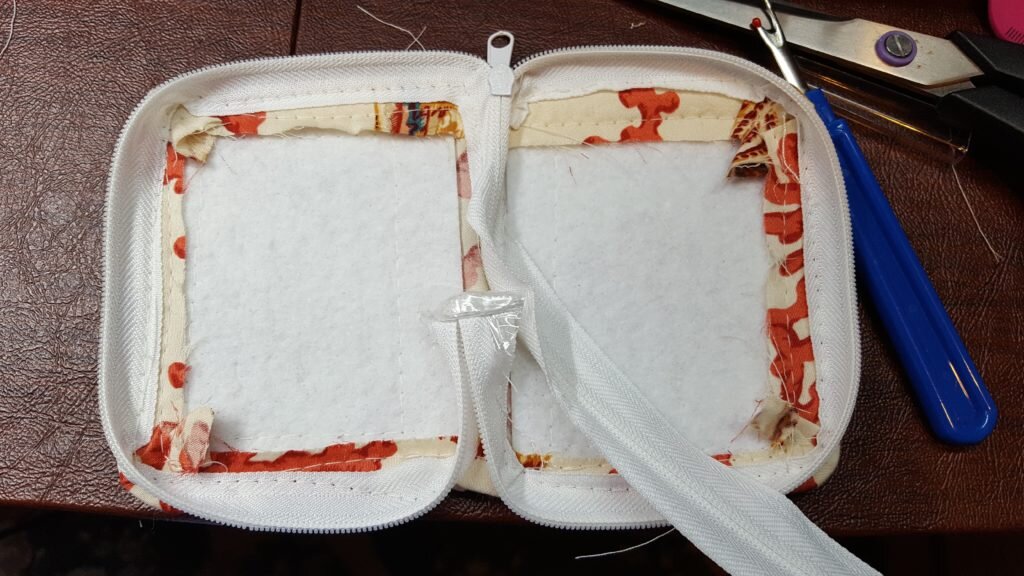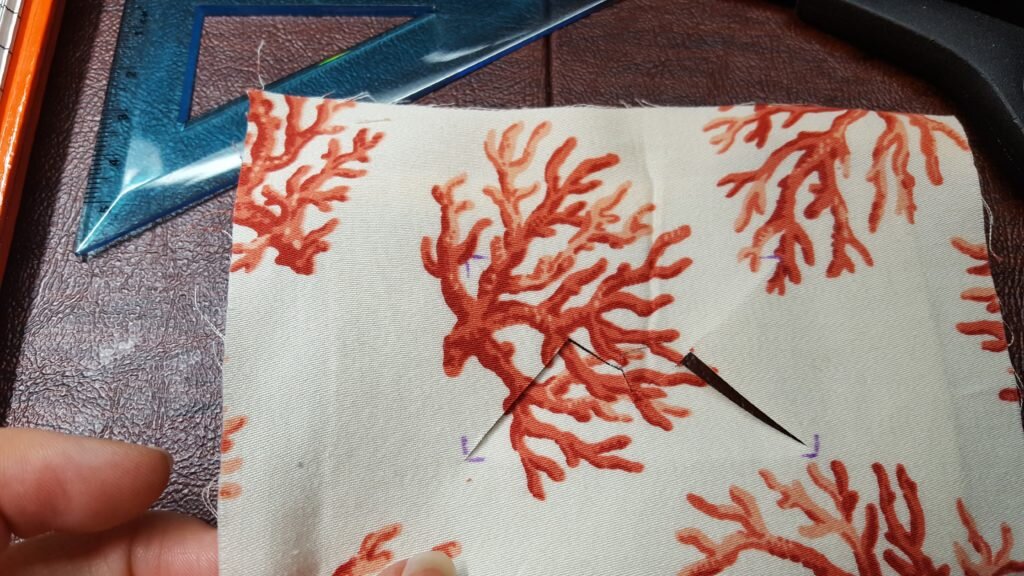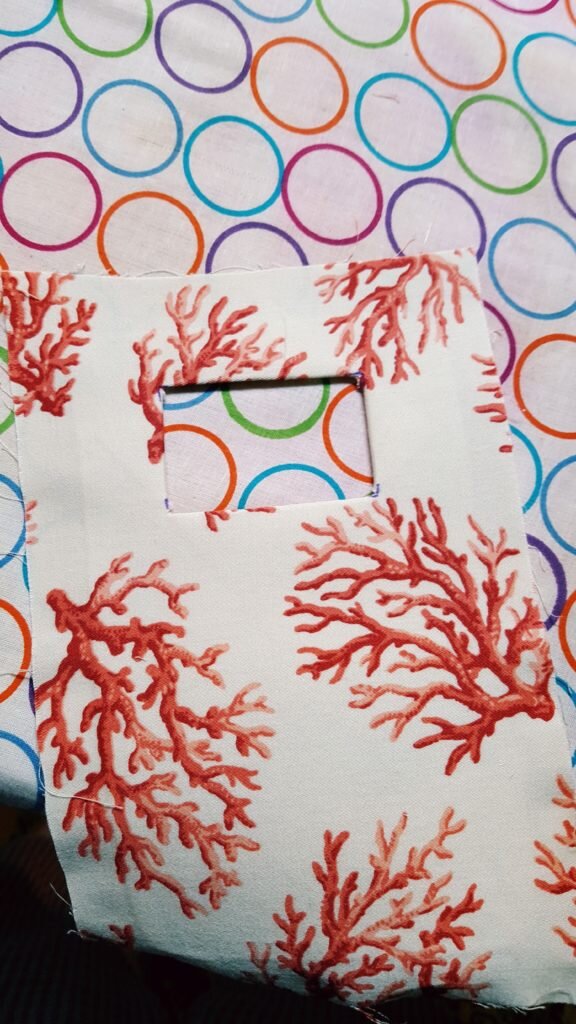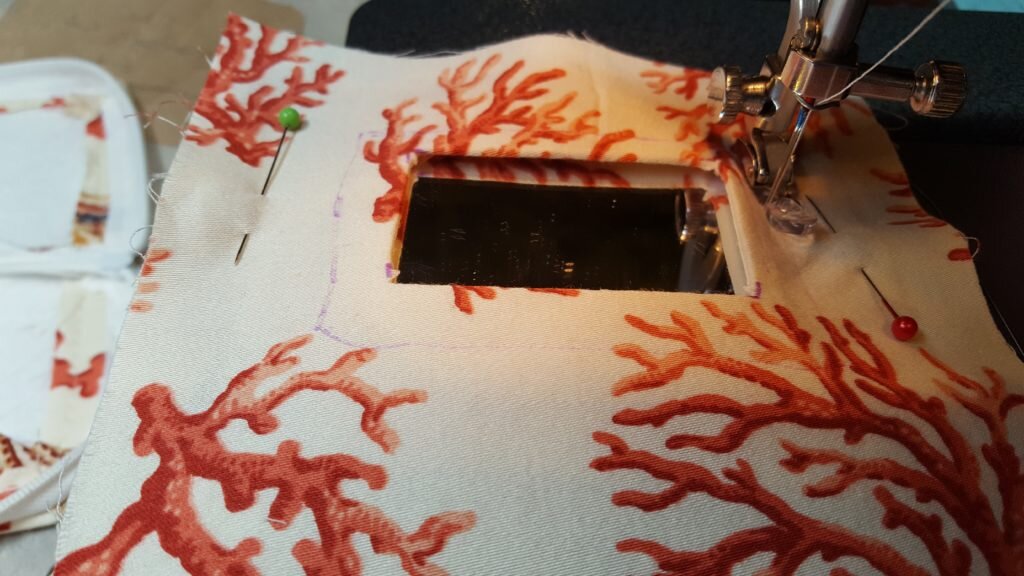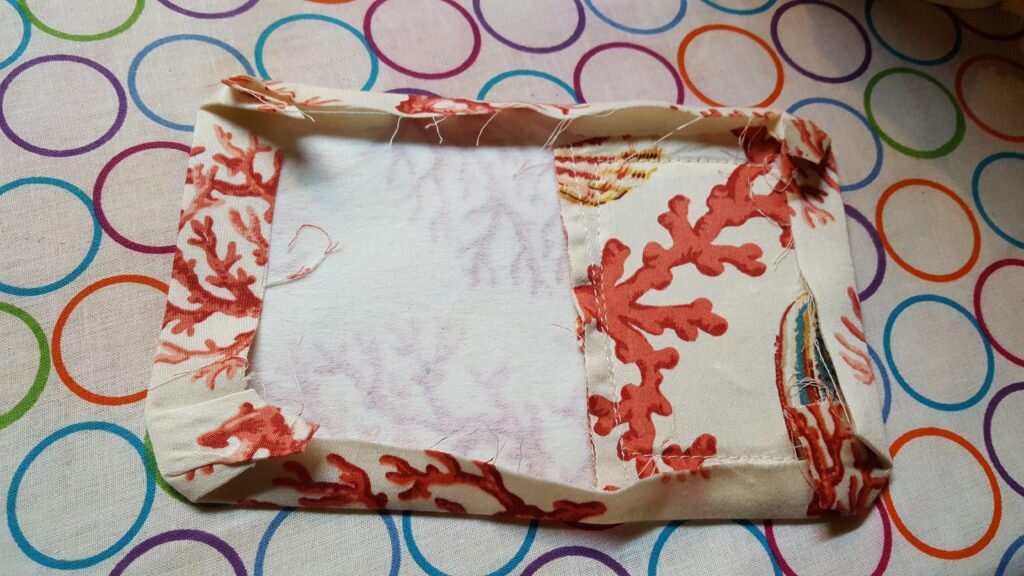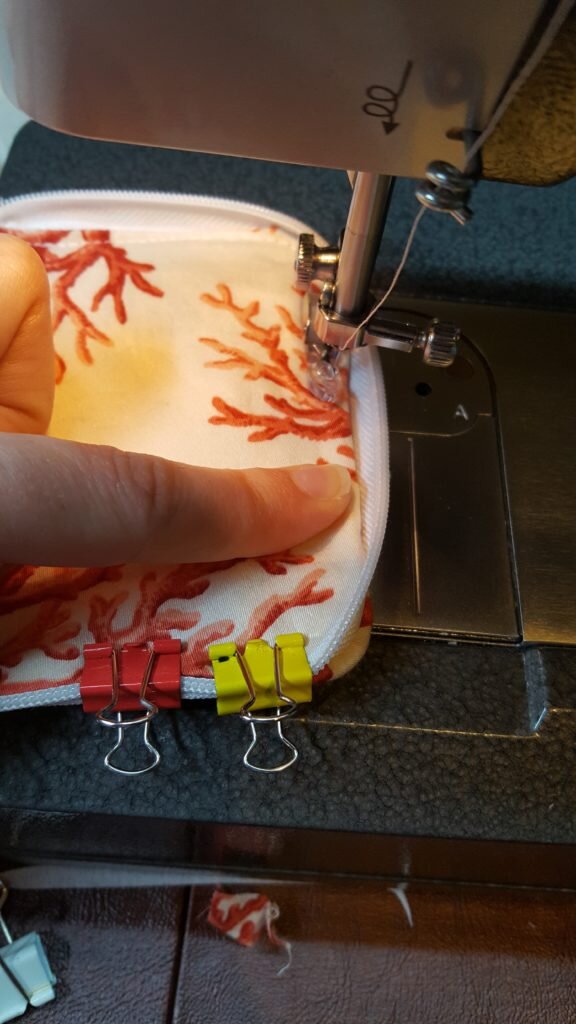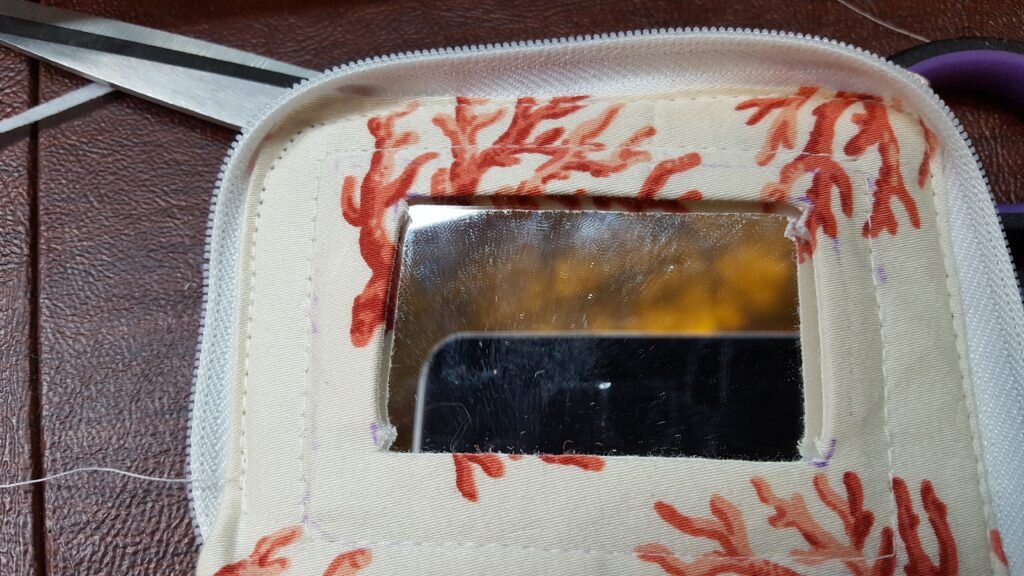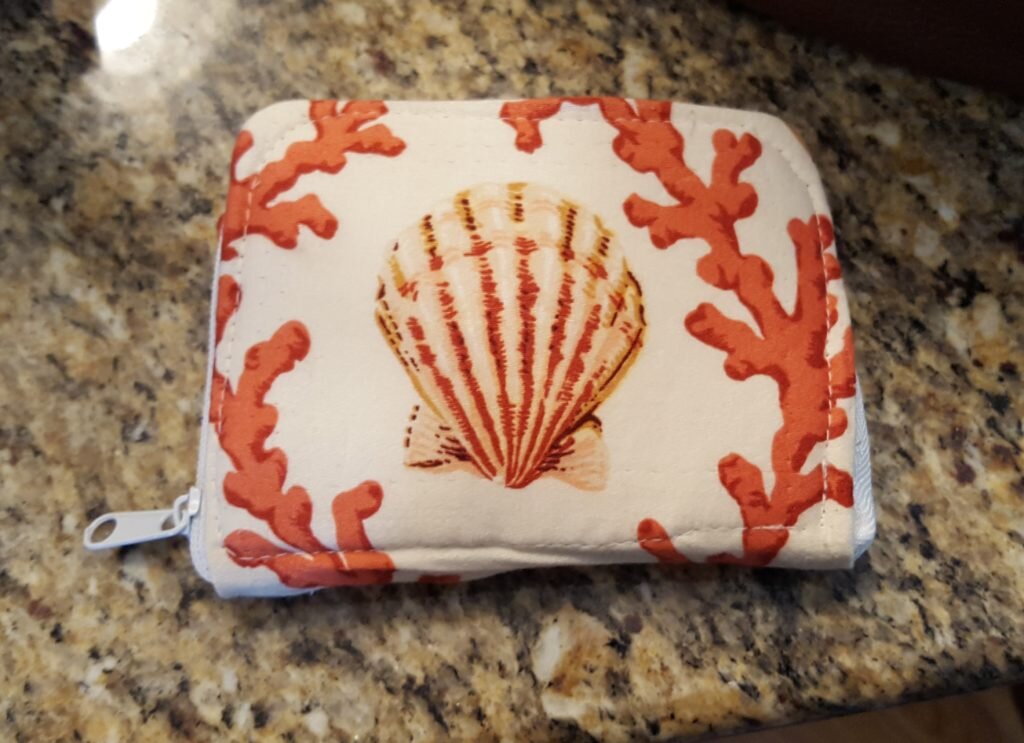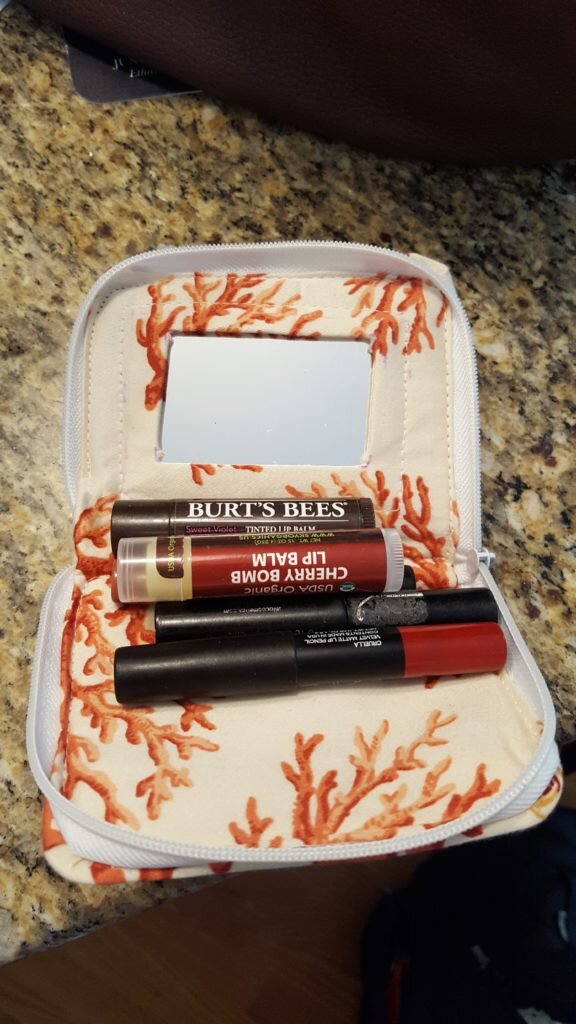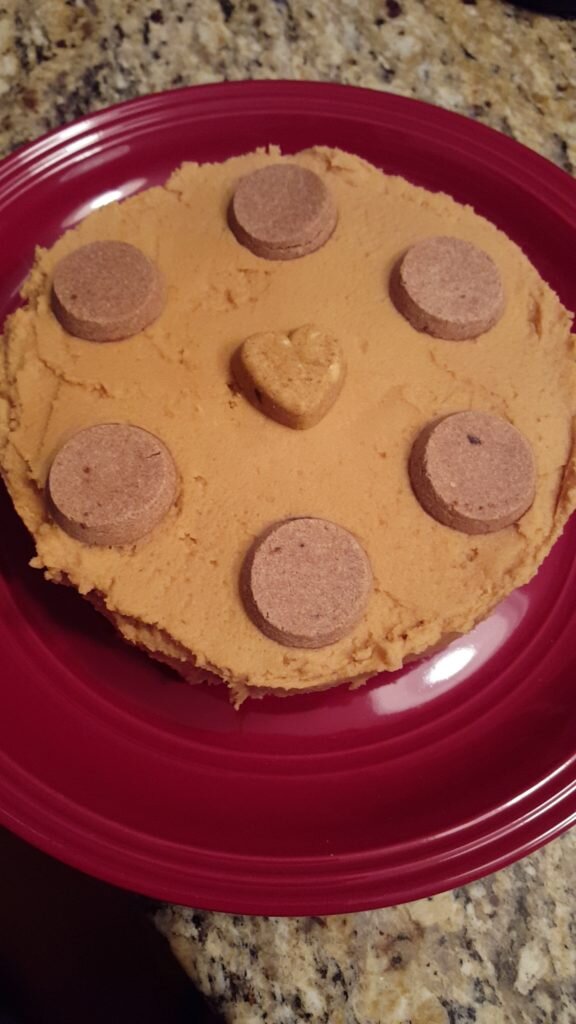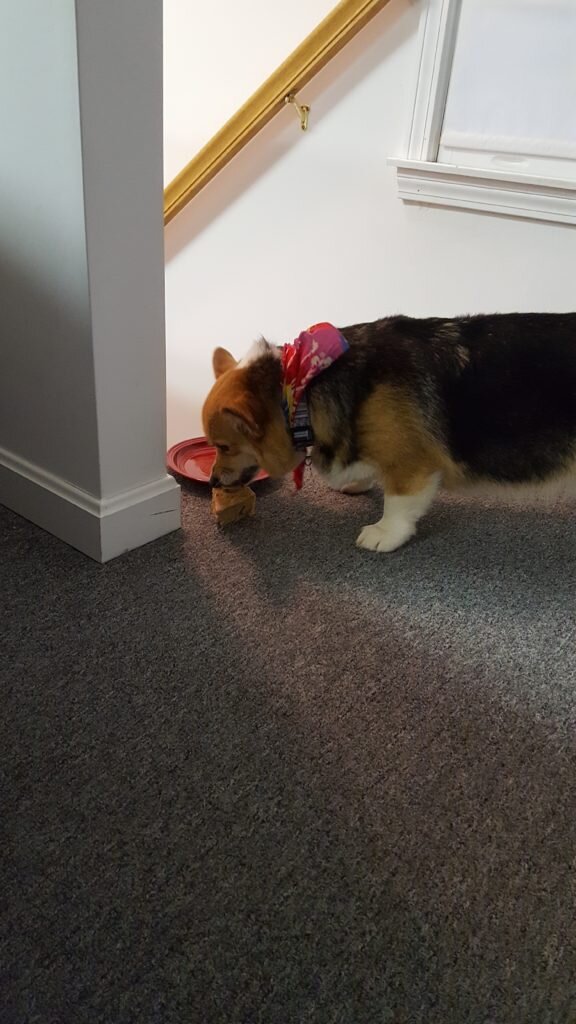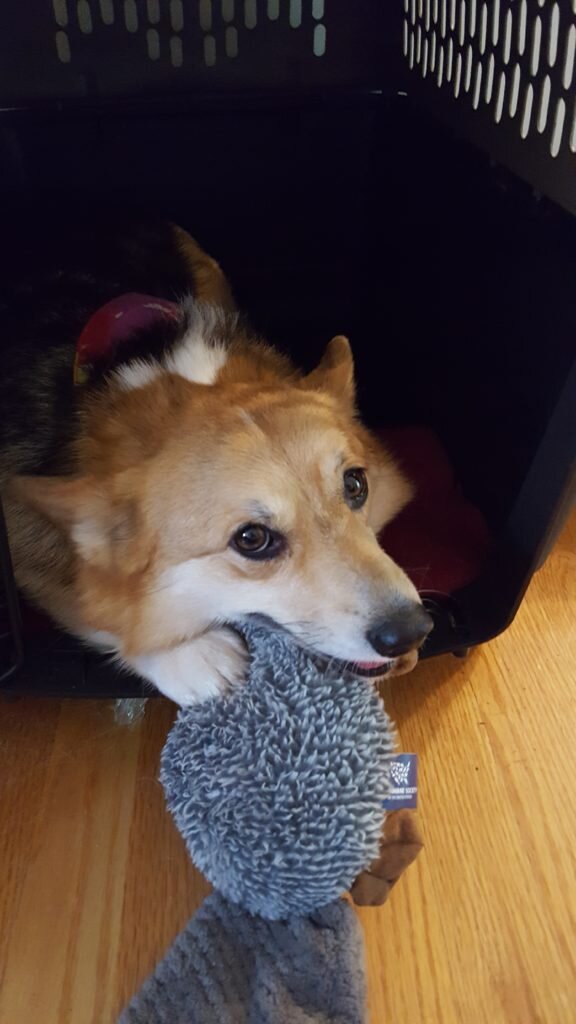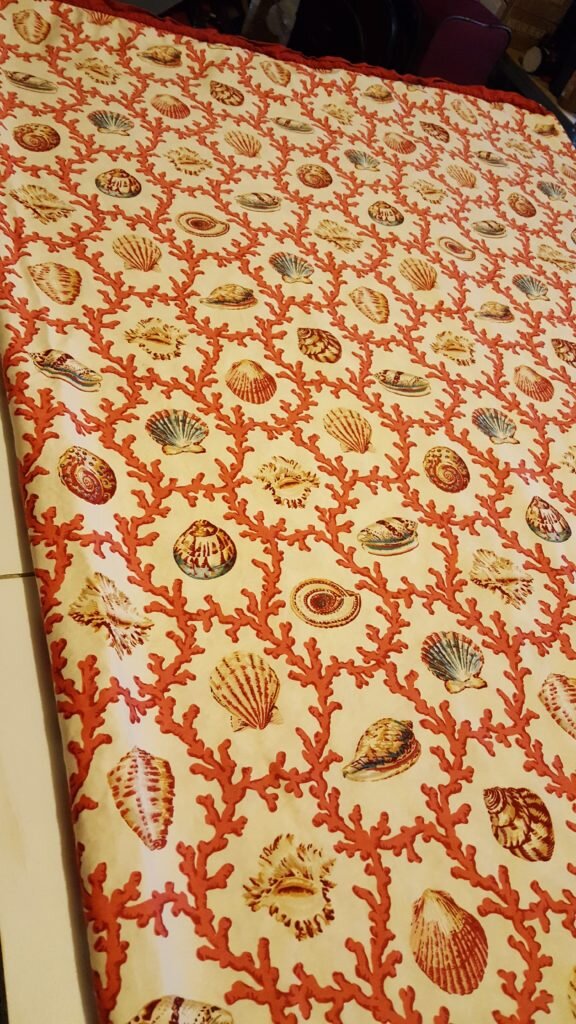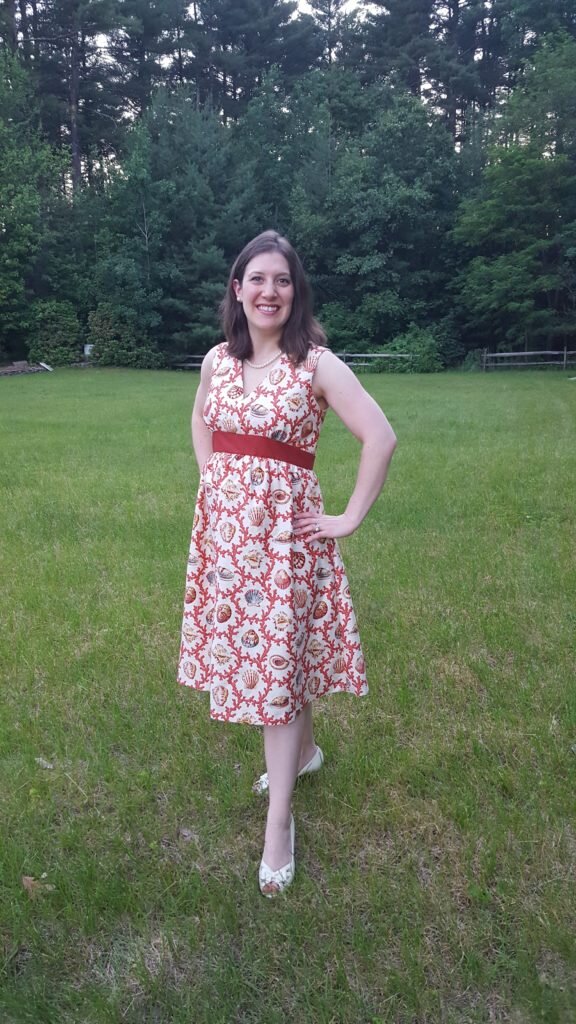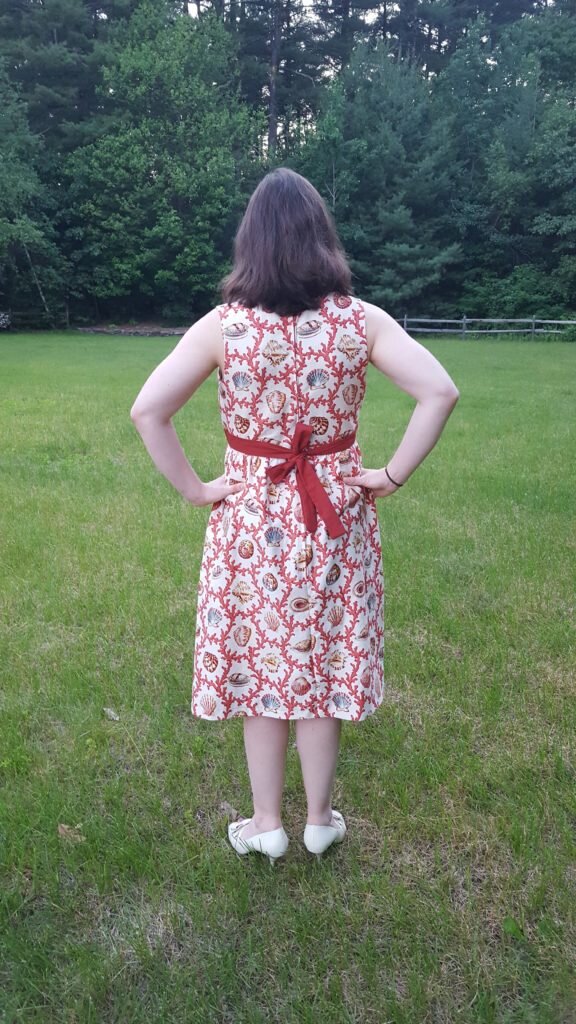Will and I celebrated our 6th wedding anniversary this week. It seems to me that six years has gone by so quickly, and I’m going to be corny, but I am so happy to have spent the time with Will. This year we’re really stepping outside our element, what with the baby on the way.
Thoughts of the baby are hard to ignore when you have a little person kicking you from the inside a few times an hour. The other day when we were driving somewhere I told Will that I never thought I would like being pregnant and had been dreading it for years (he’d known this of course). But that even though it is not so easy or a ball of fun like some people might have you believe, it is really exciting to have a baby growing inside you. Every time the little person kicks or moves around inside you it’s your private secret. And in return for this little secret, I have a profound desire to keep the little person safe, because that’s clearly my job. It’s a weird feeling really. When I finished Will remarked that that was the cutest thing I’d ever said.
Speaking of cutest things said, I have one more anecdote I would like to share. But first, I apologize that this blog post is so corny, I promise, its just because its the anniversary edition. Please feel free to skip to the end where I’ll tell you how to make another interesting oatmeal variation! The other day I was standing around chopping vegetables, in a black maternity shirt, maternity shorts, bright pink compression socks (yes I have to wear compression socks or stockings every day) and my hair thrown into a messy ponytail – basically looking like a pregnant woman who had just walked out of one of those People of Walmart sub-reddits. Will came up behind me, gave me a hug and said something like, “look at my sexy wife standing there chopping vegetables like she just don’t care”. That’s when I decided for the millionth time that I had married the right man.
Okay and without further ado here’s a recipe I created for a mini-crockpot oatmeal breakfast based on my favorite Indian dessert, kheer. The key is to avoid over seasoning with the cardamom. Since cardamom powder loses flavor and aroma pretty quickly, I advise starting with a very small amount and adjusting to taste.
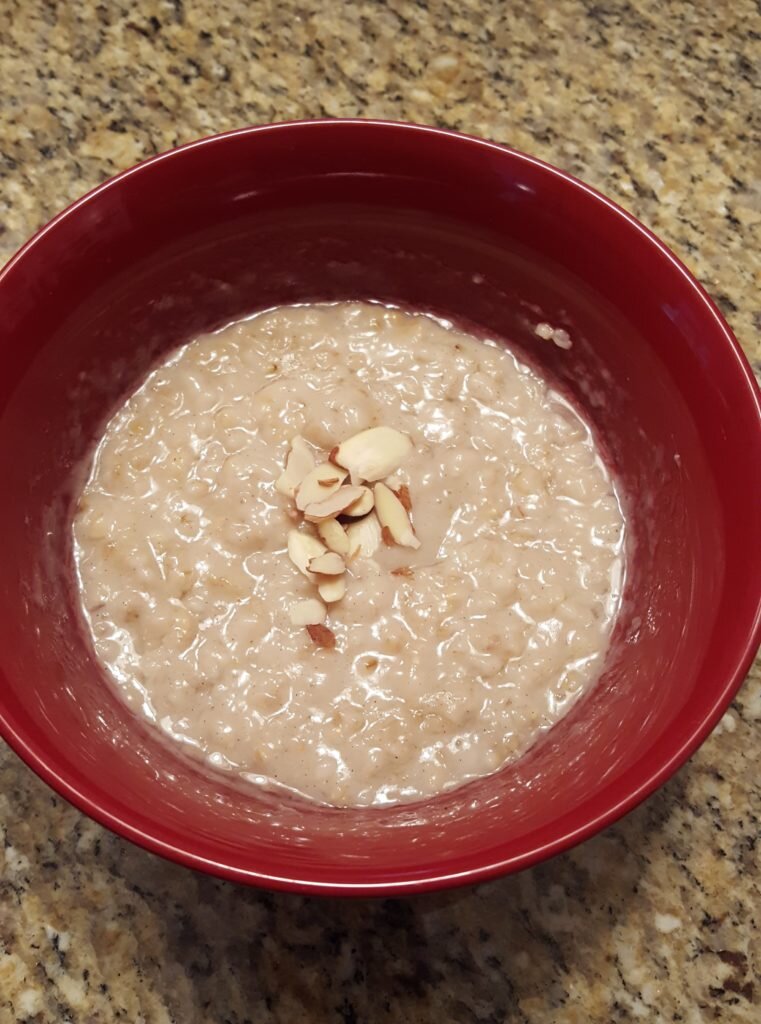
Kheer Inspired Oatmeal
Ingredients
- 1/4 cup steel cut oats (not quick cook)
- 1/4 cup water
- 1 cup coconut milk
- 1 tsp honey (or to taste)
- 1/8 to 1/4 tsp cardamom (ground) or to taste – see comment above
- Slivered almonds for garnish
Stir oats, water and coconut milk into a tiny crock pot (such as the little dipper). Place cover on top, turn on and cook overnight for 8 hours. In the morning, remove oatmeal to a bowl and add 1 tsp of honey, and 1/8 tsp or more of cardamom until you’ve reached your desired flavor. Let stand 5 minutes until thickened. Top with slivered almonds if desired.

